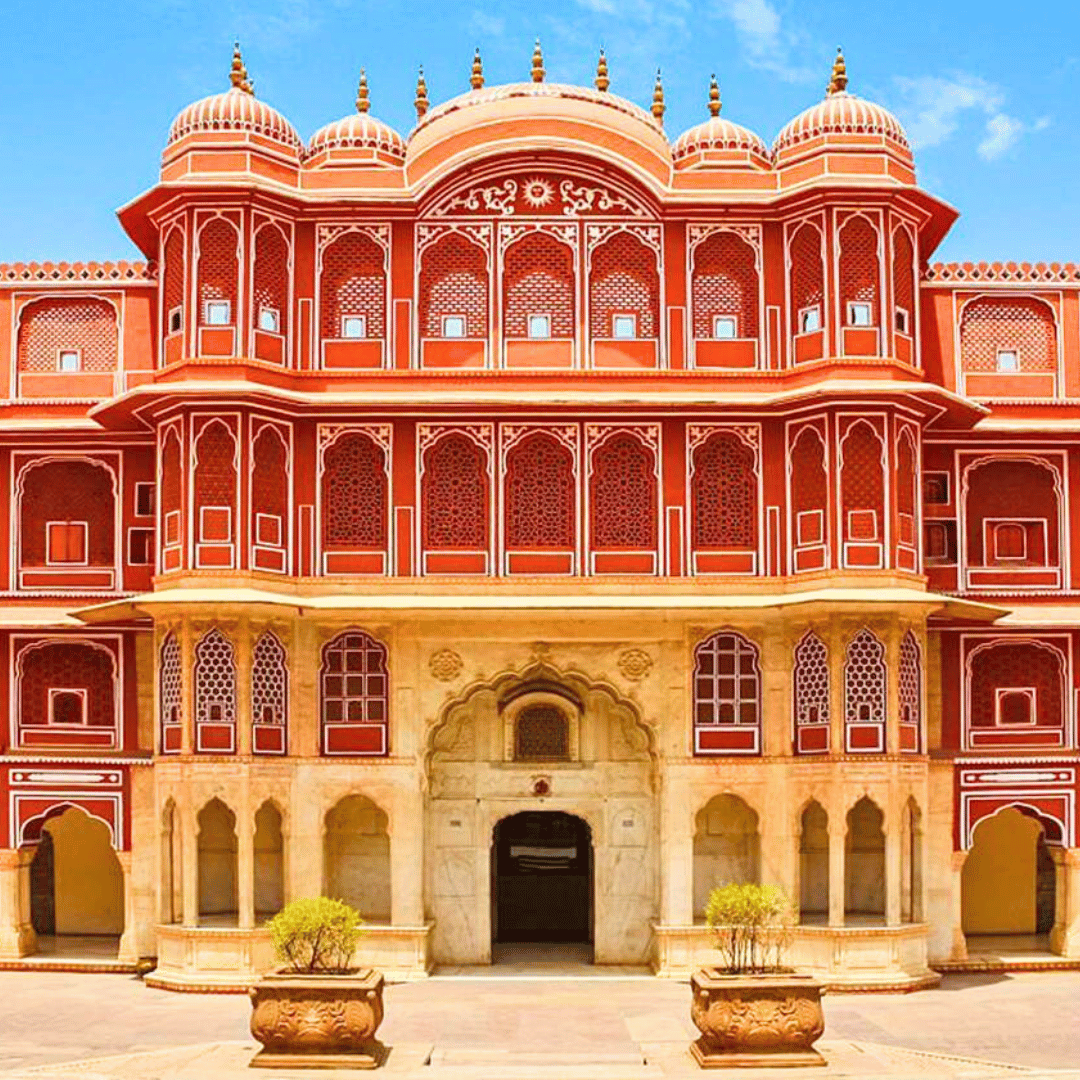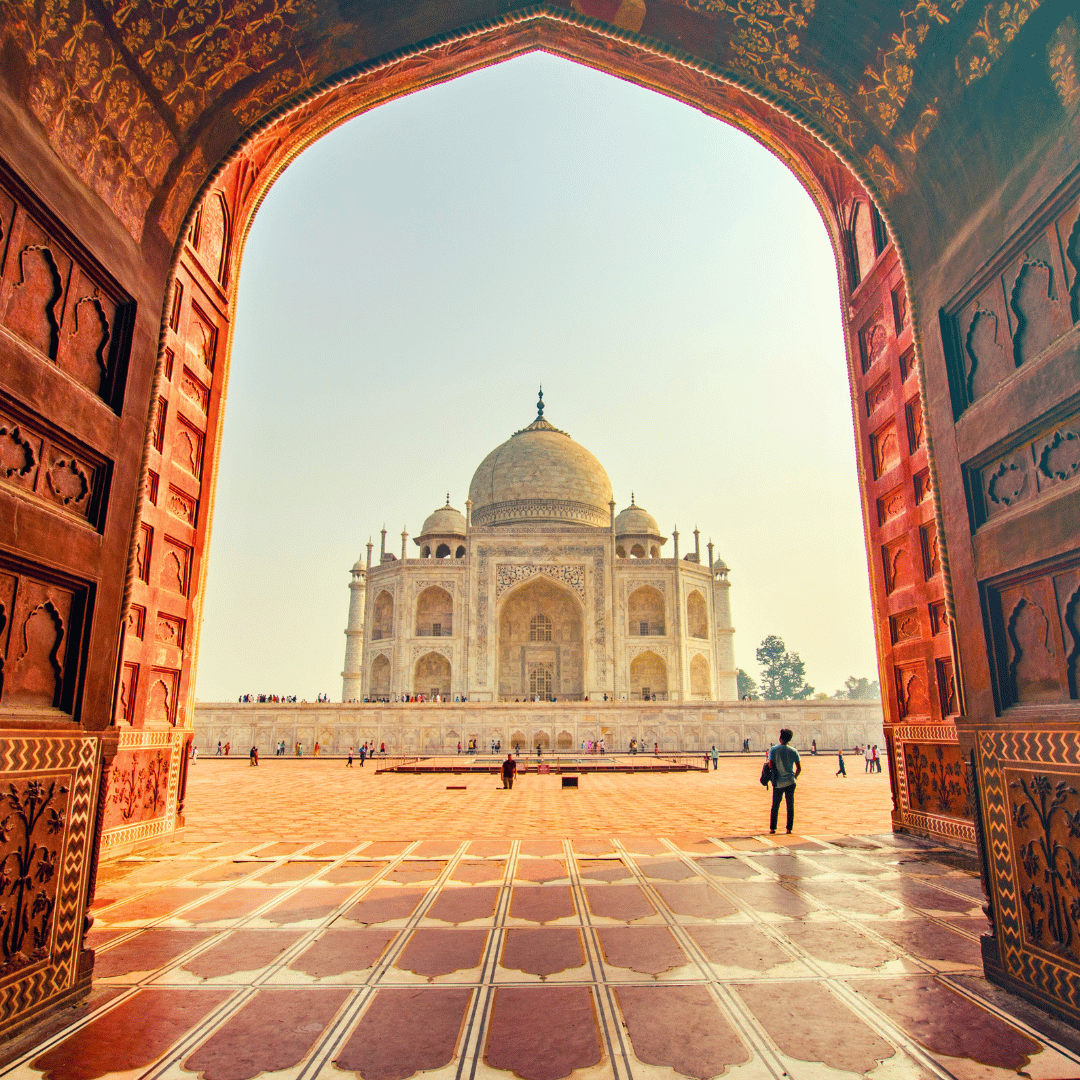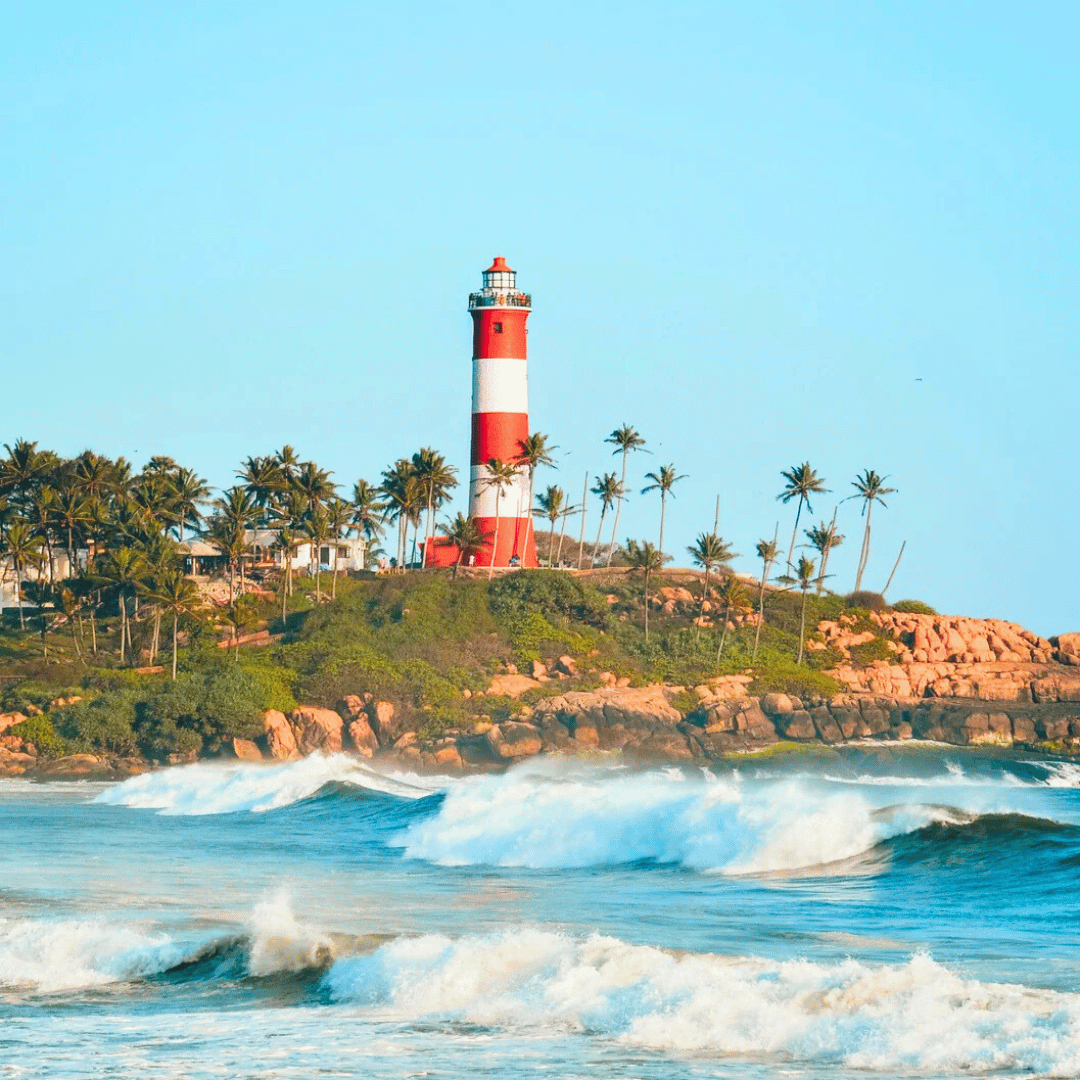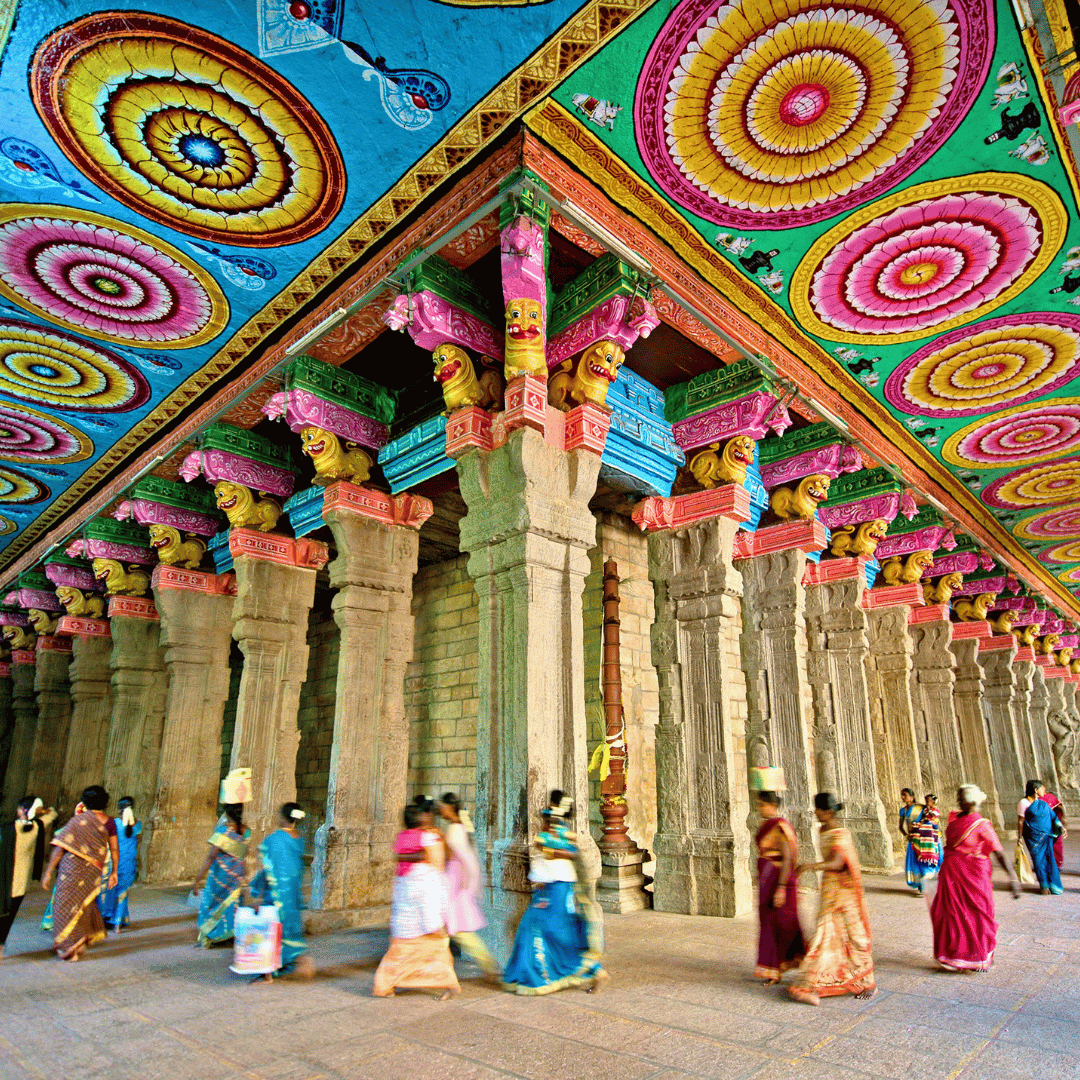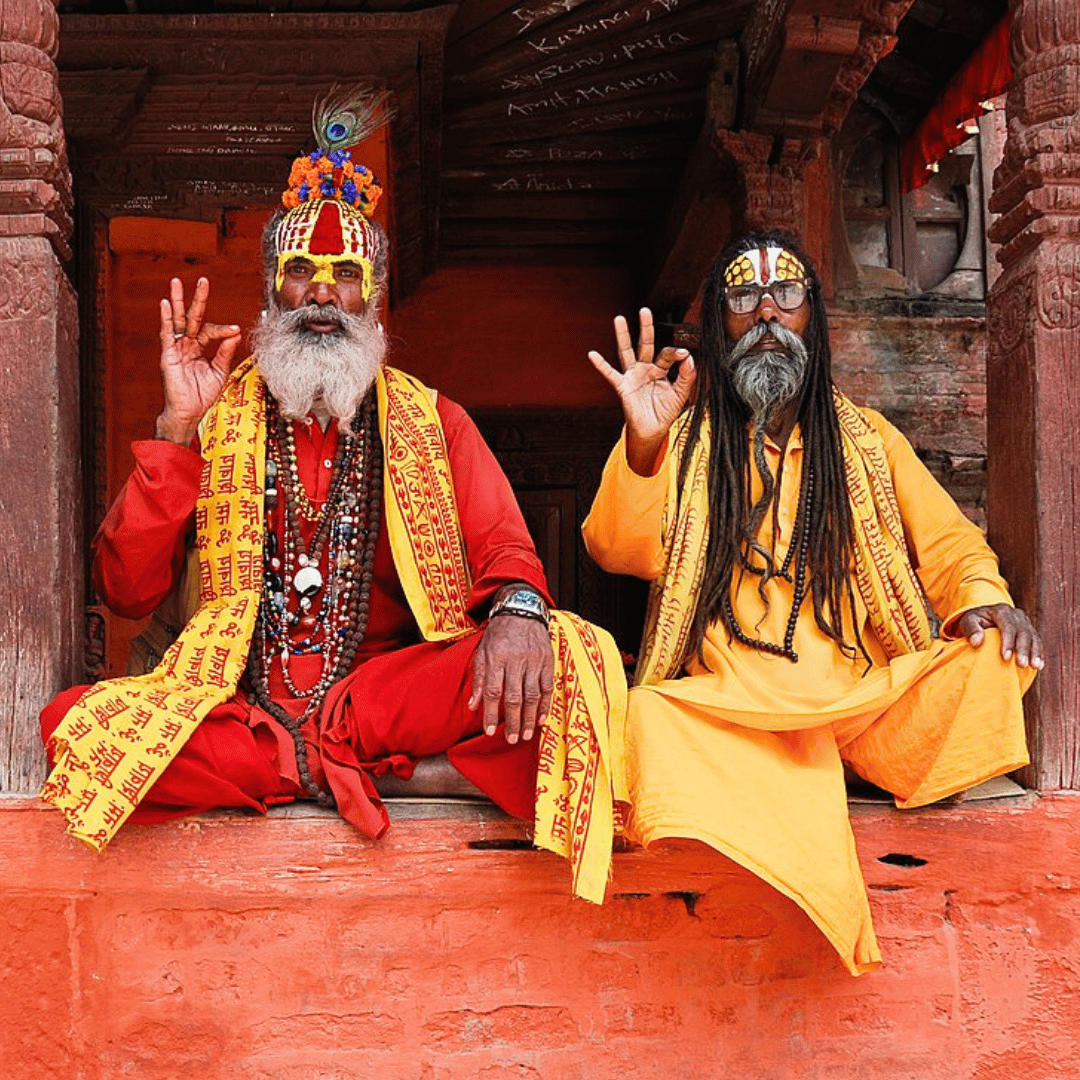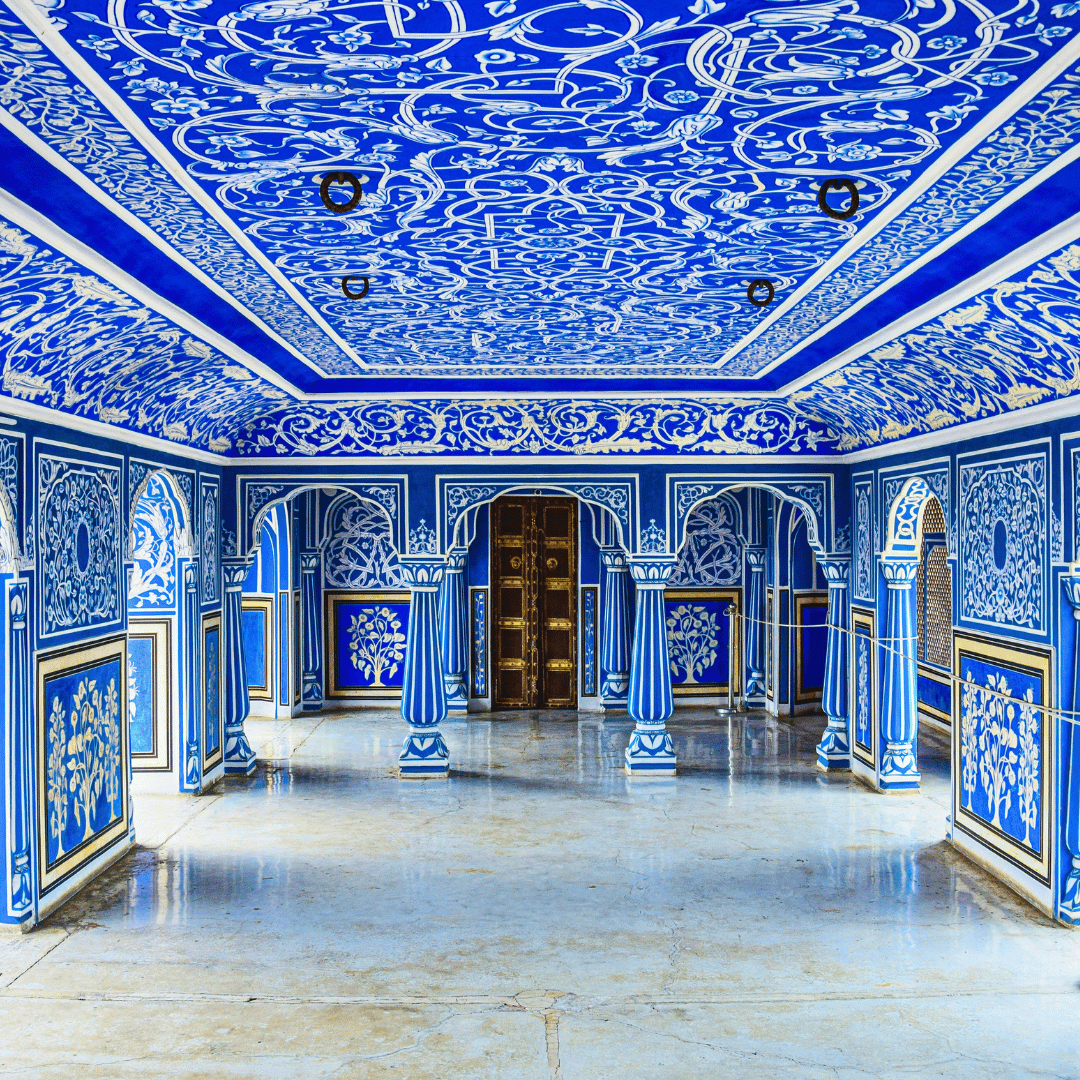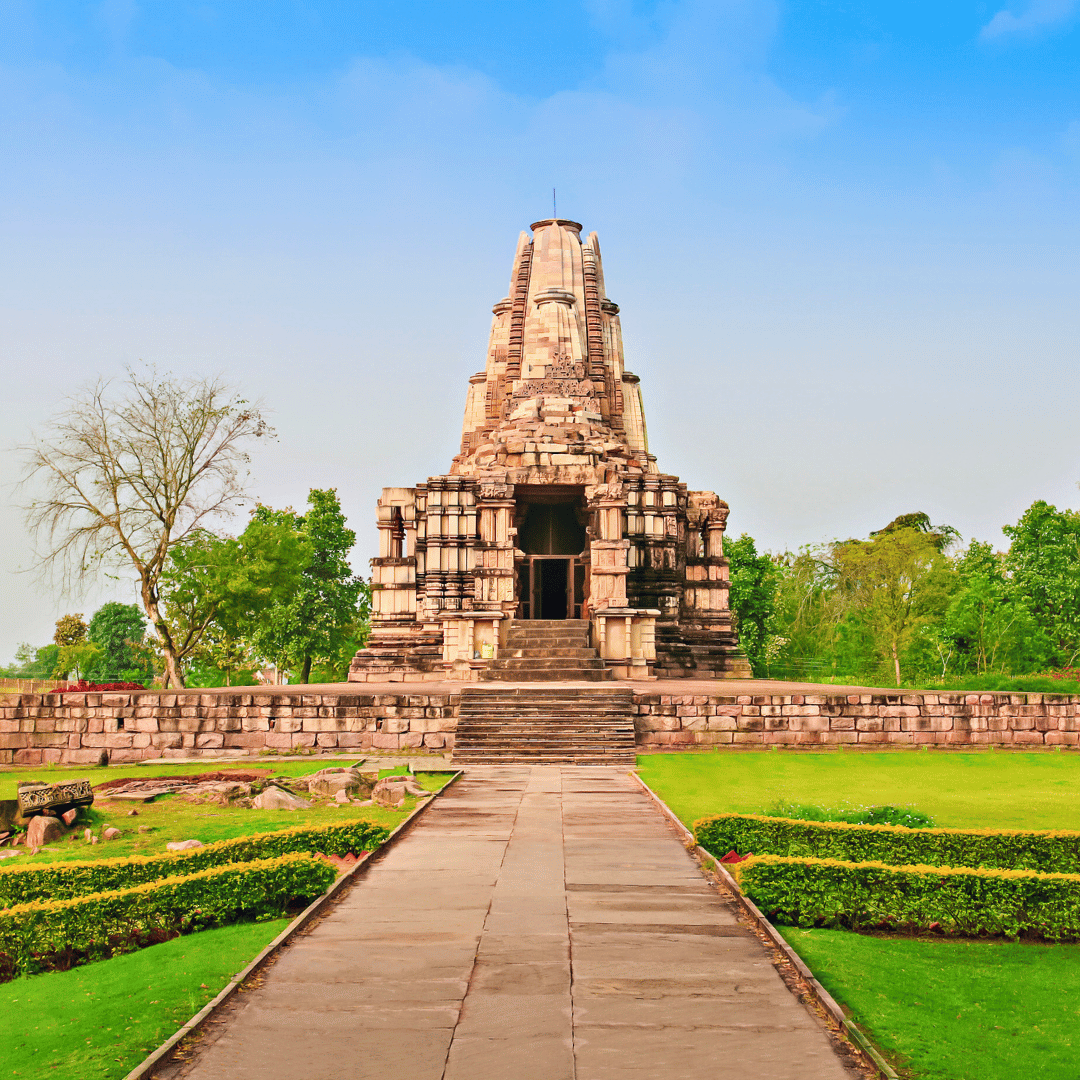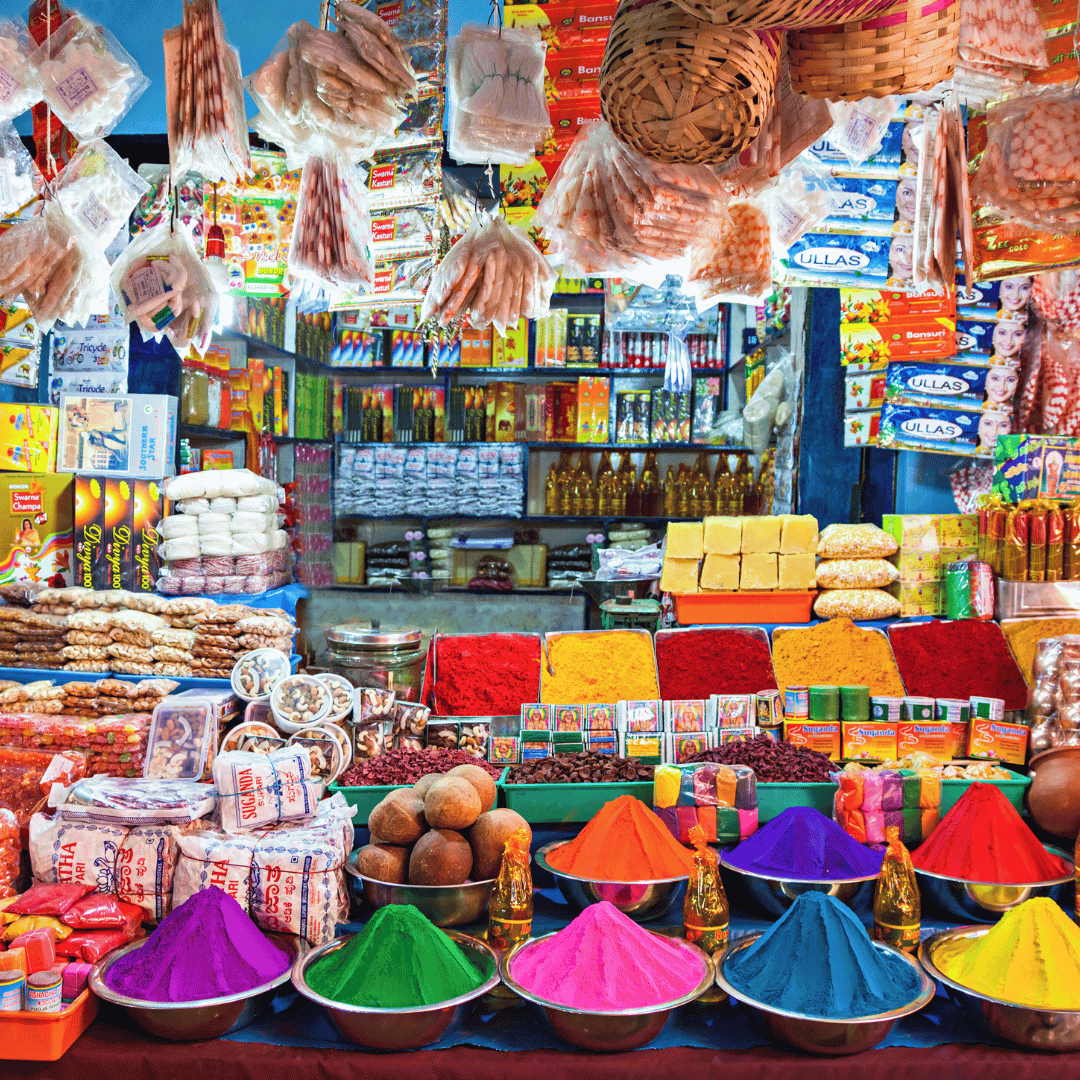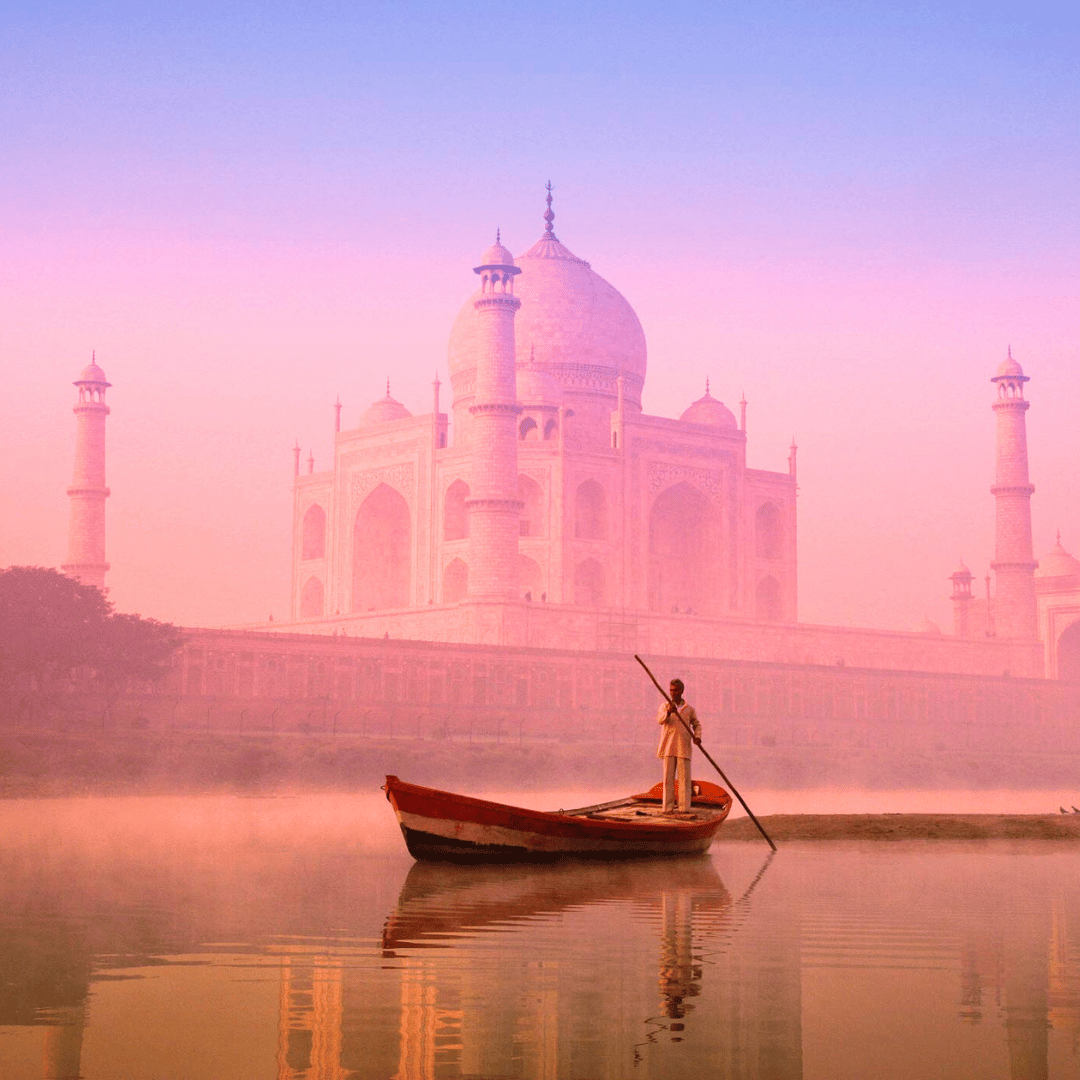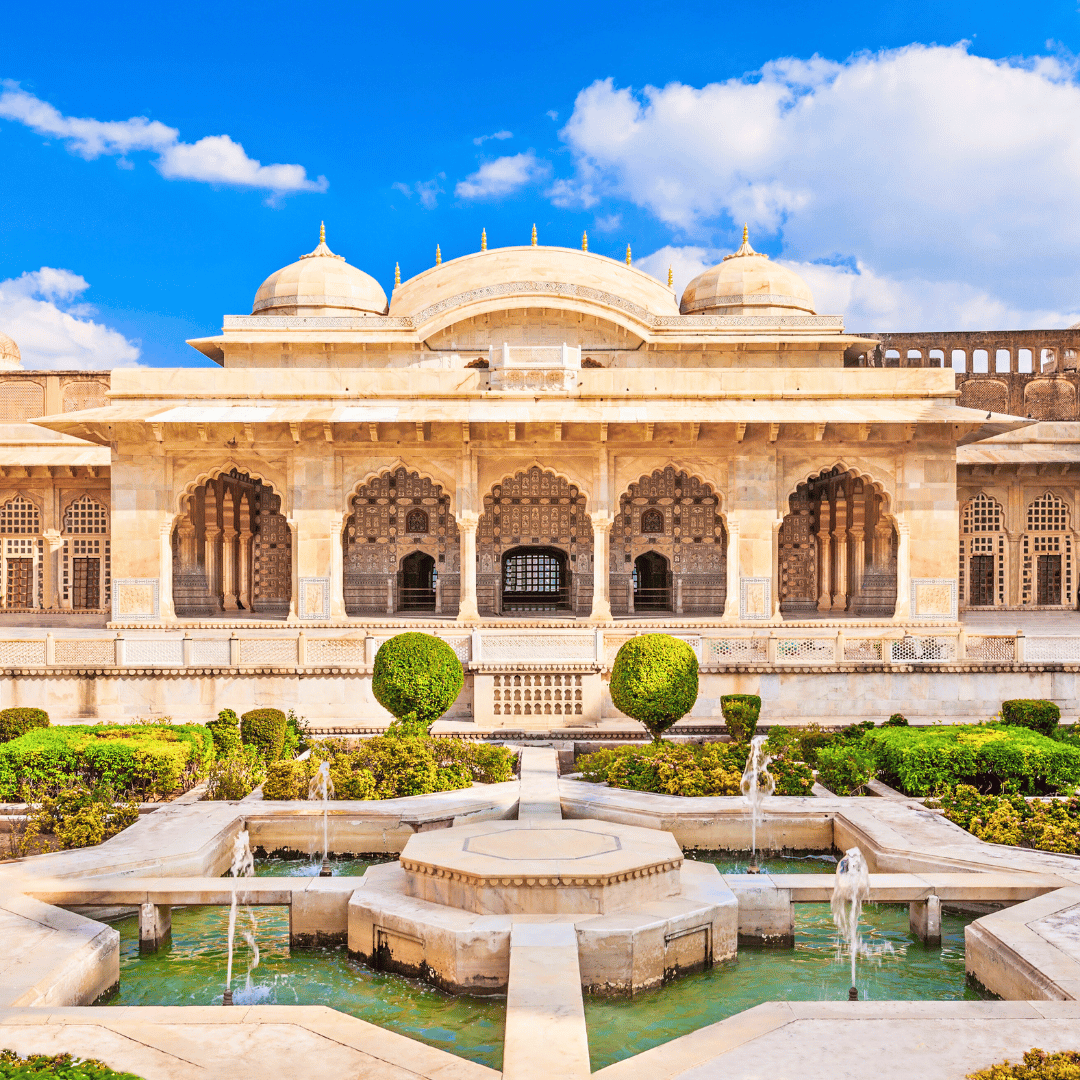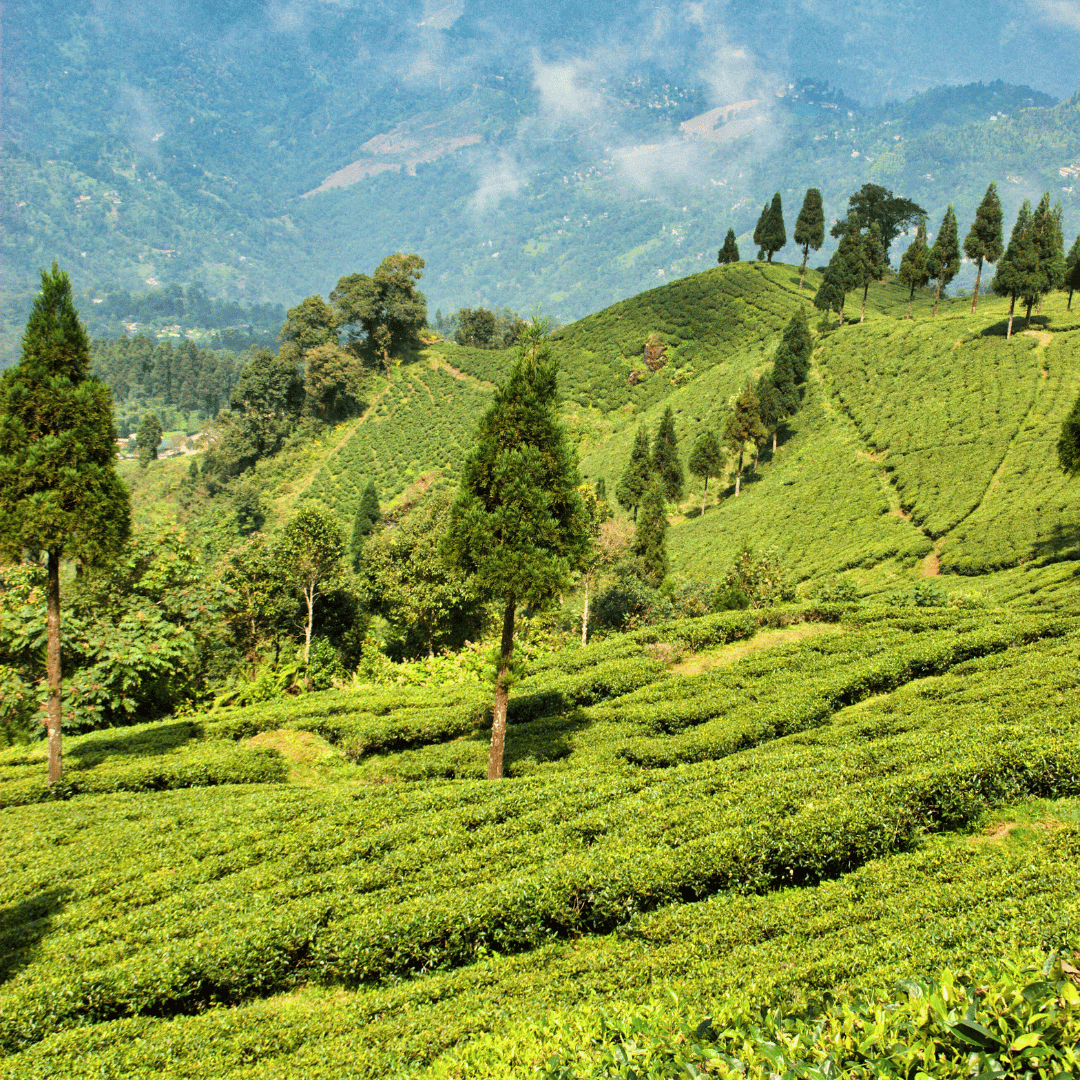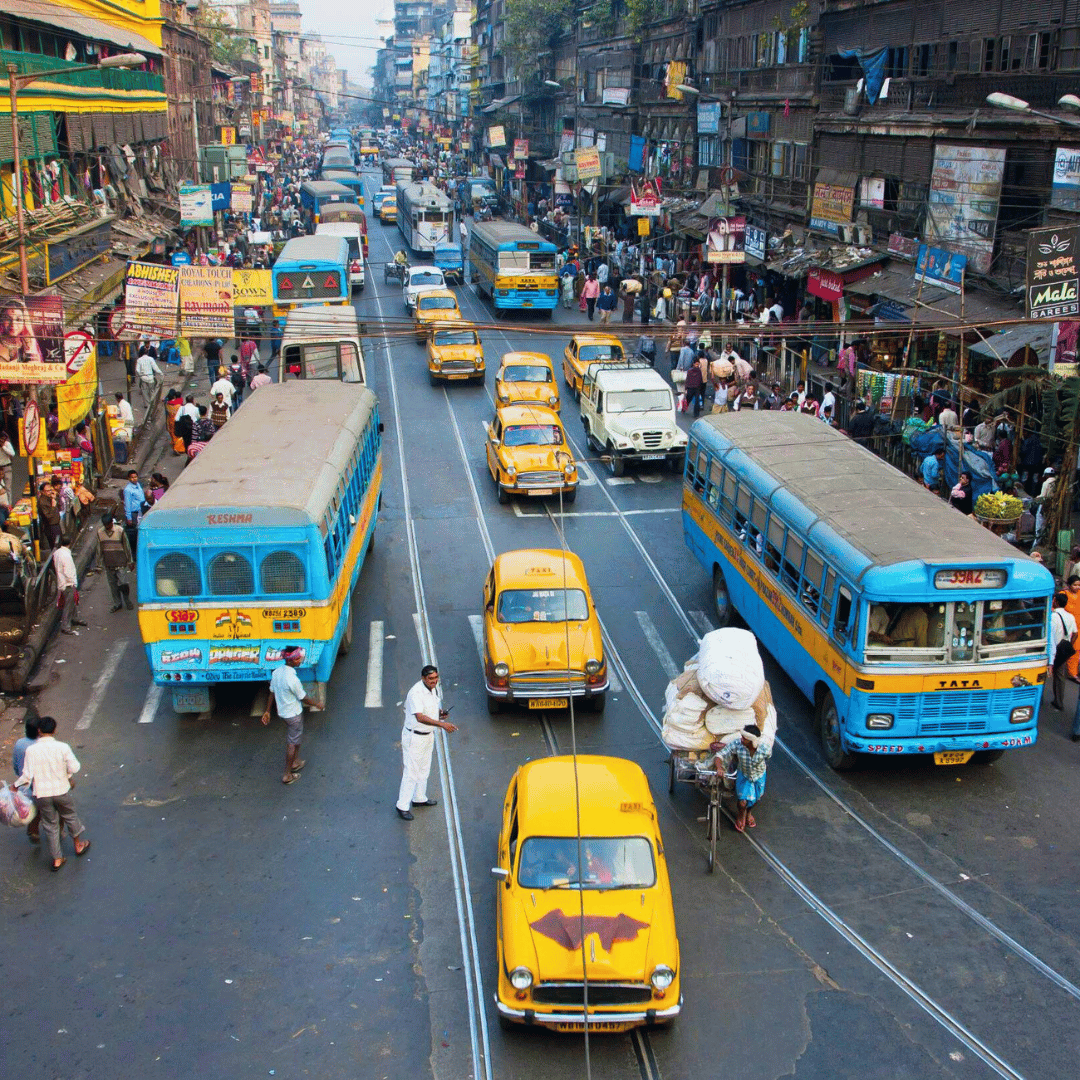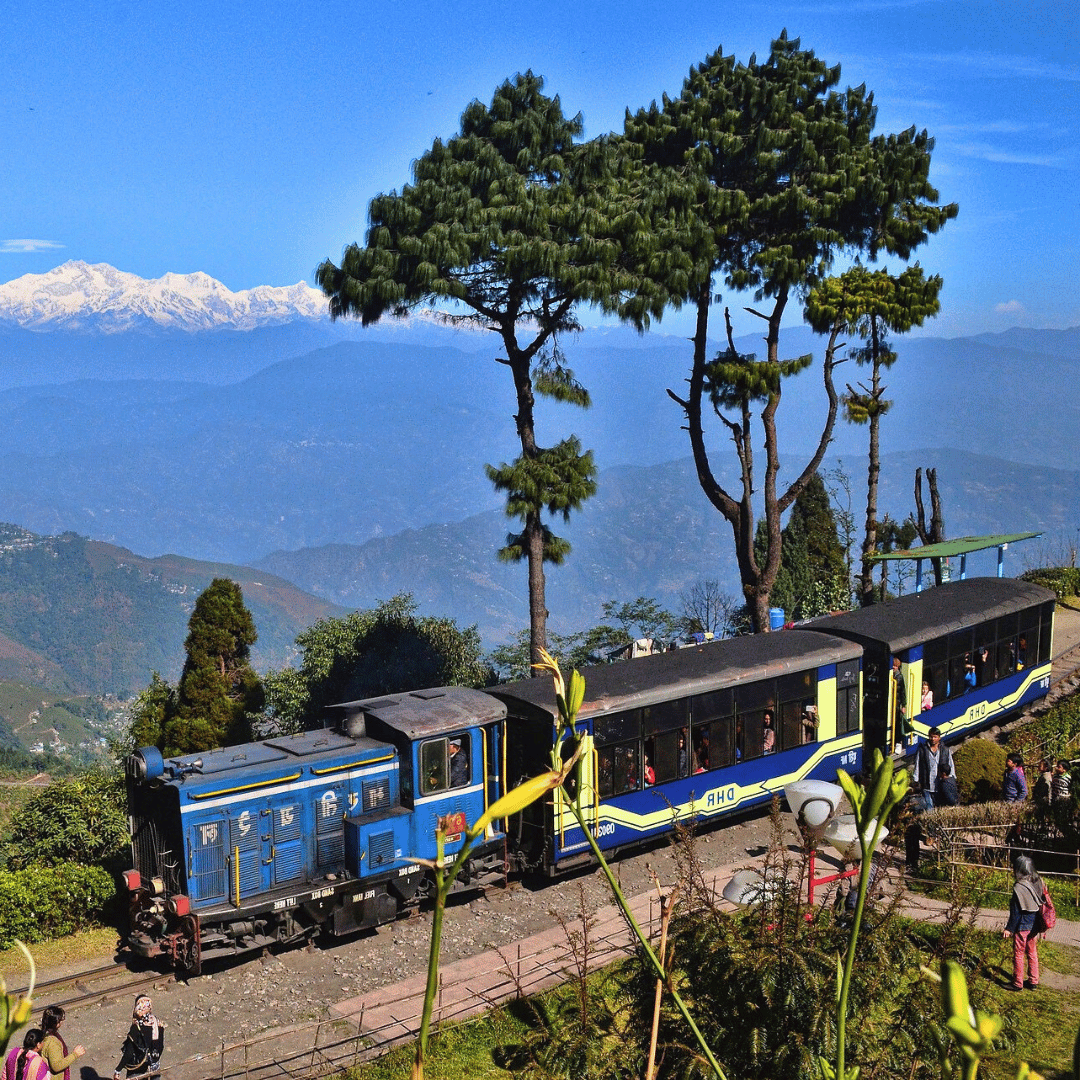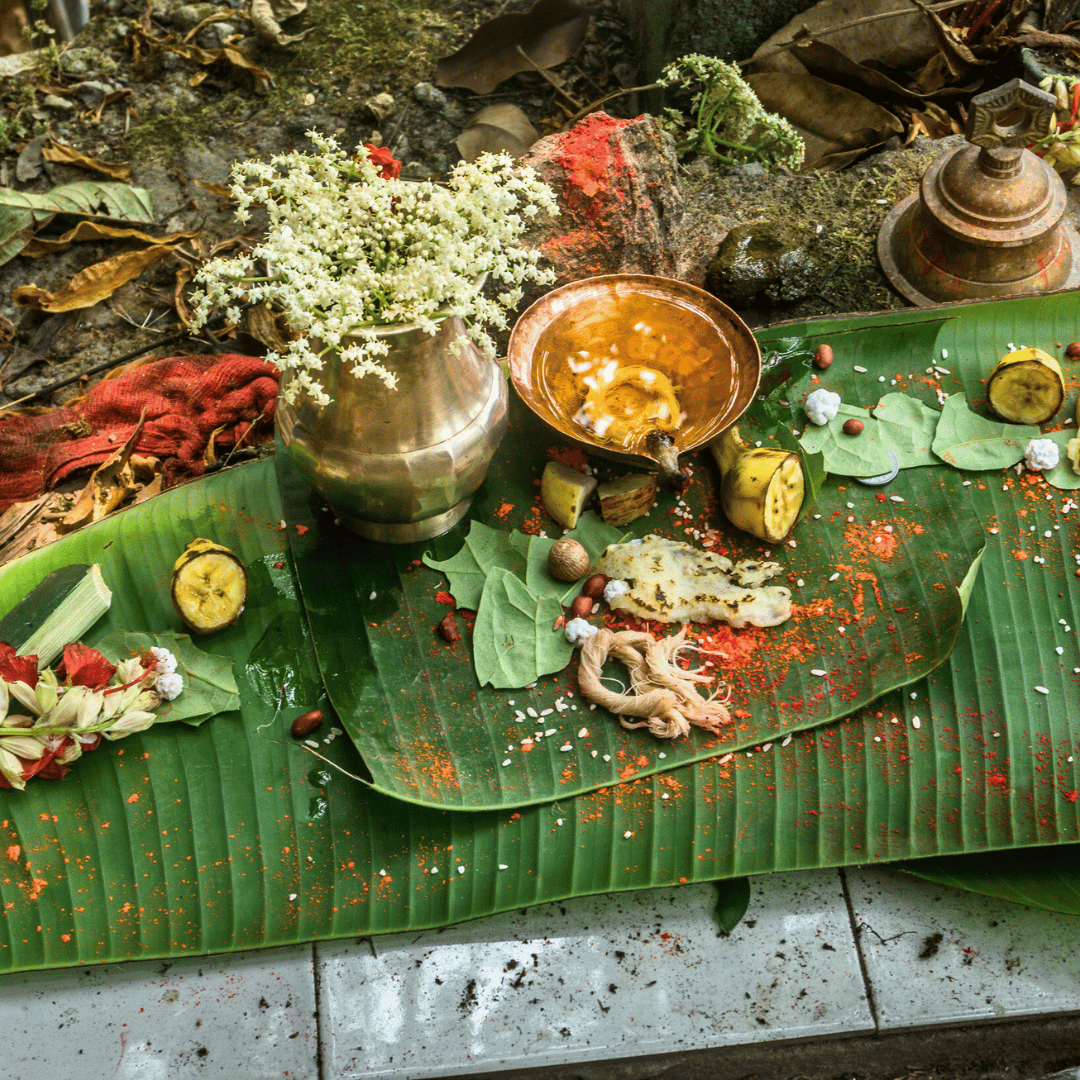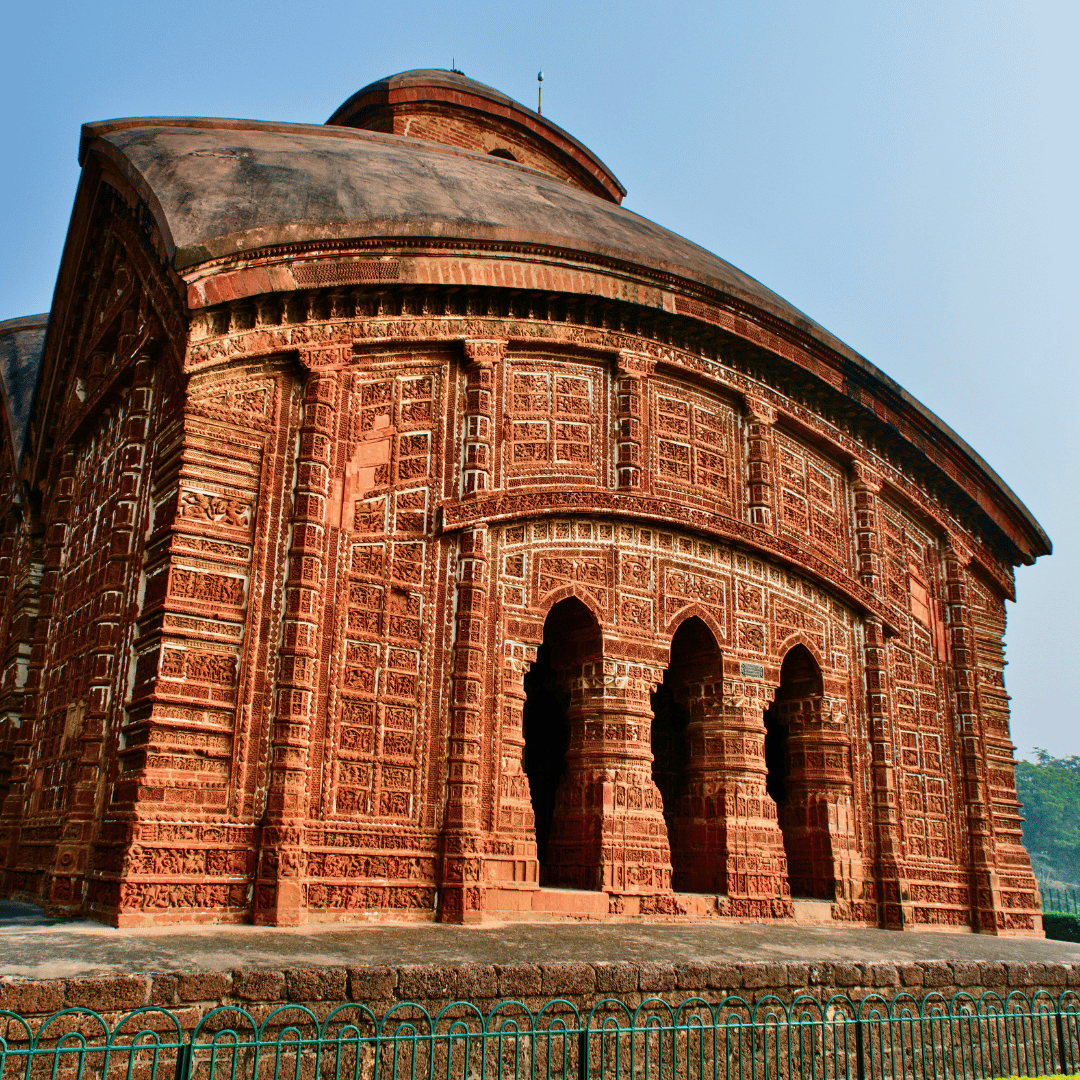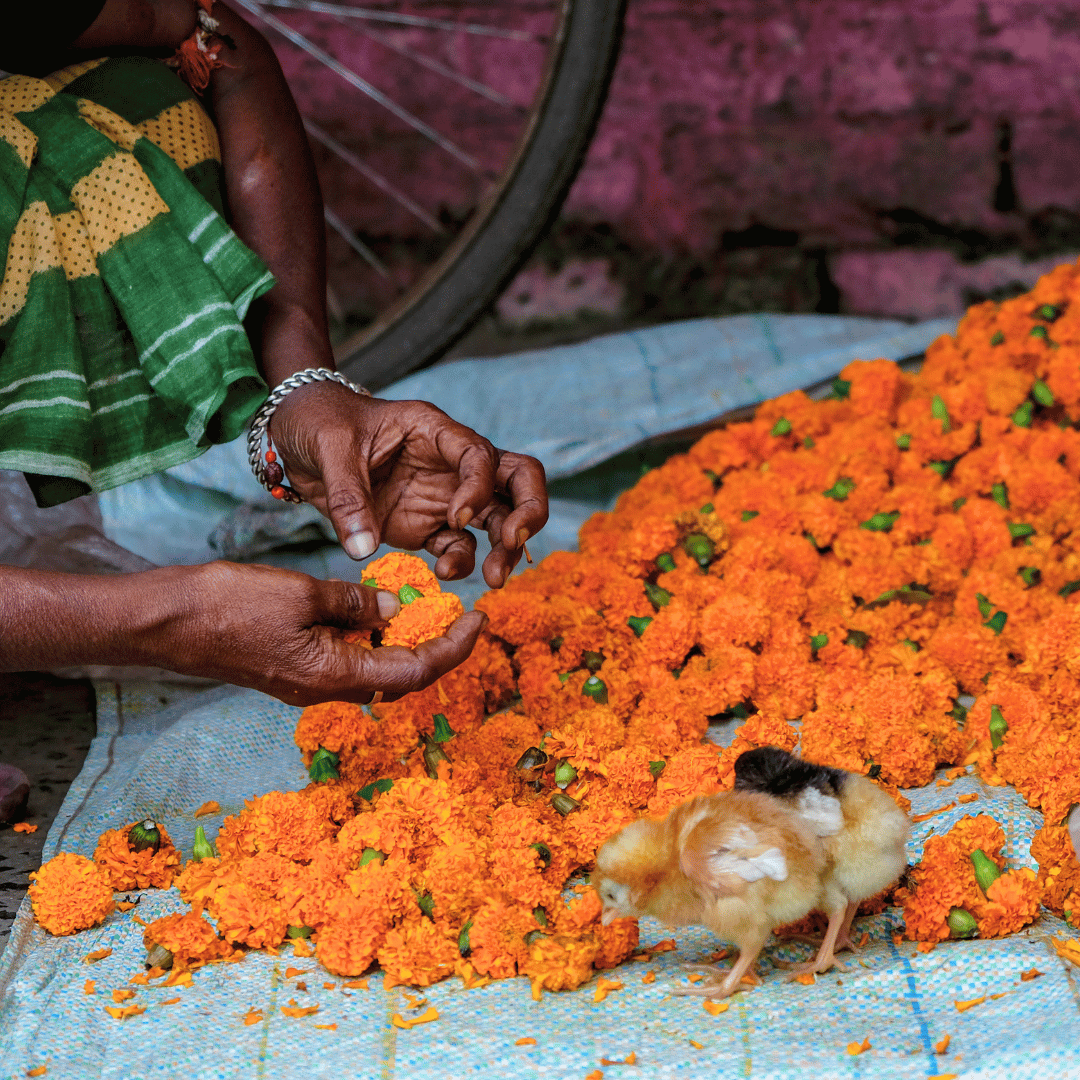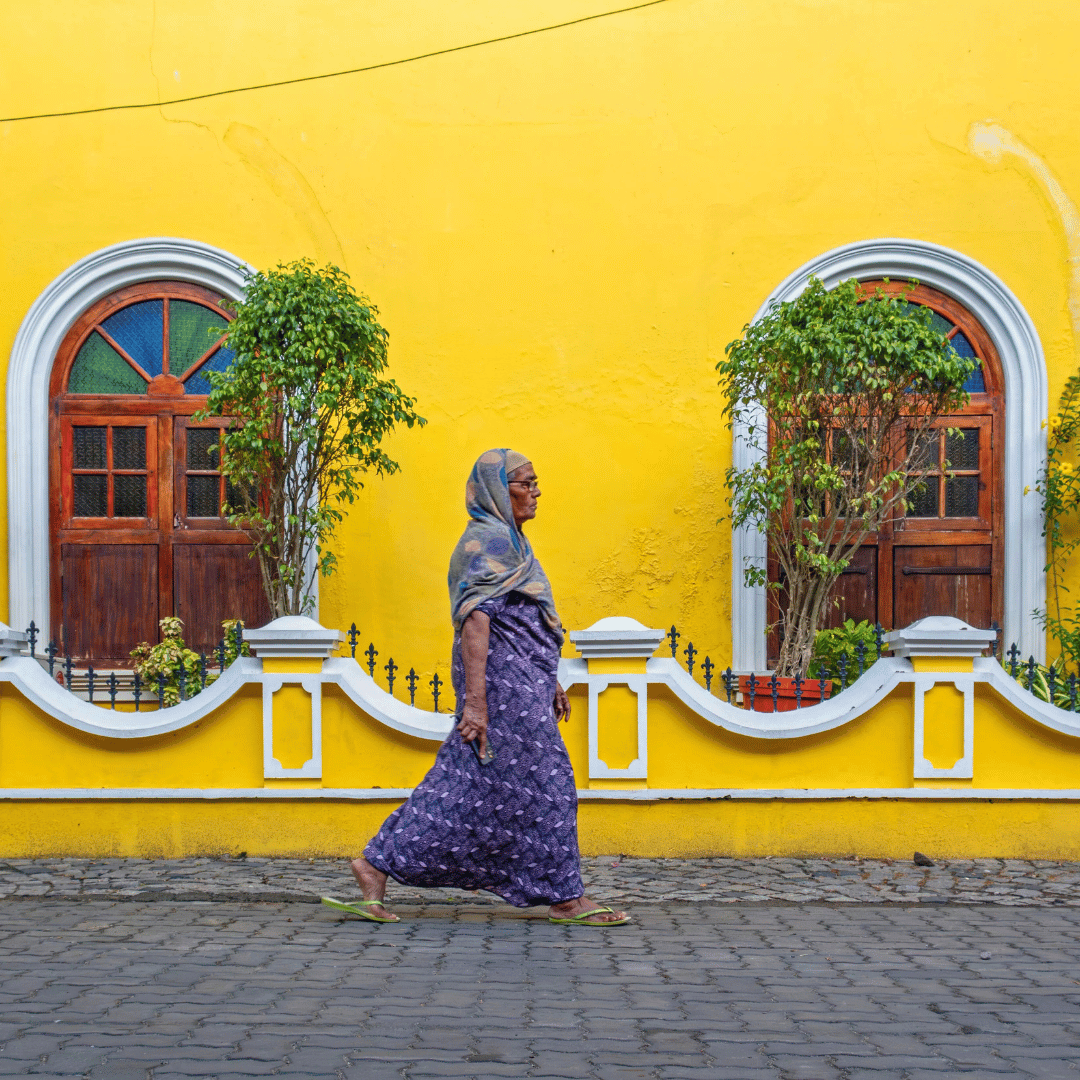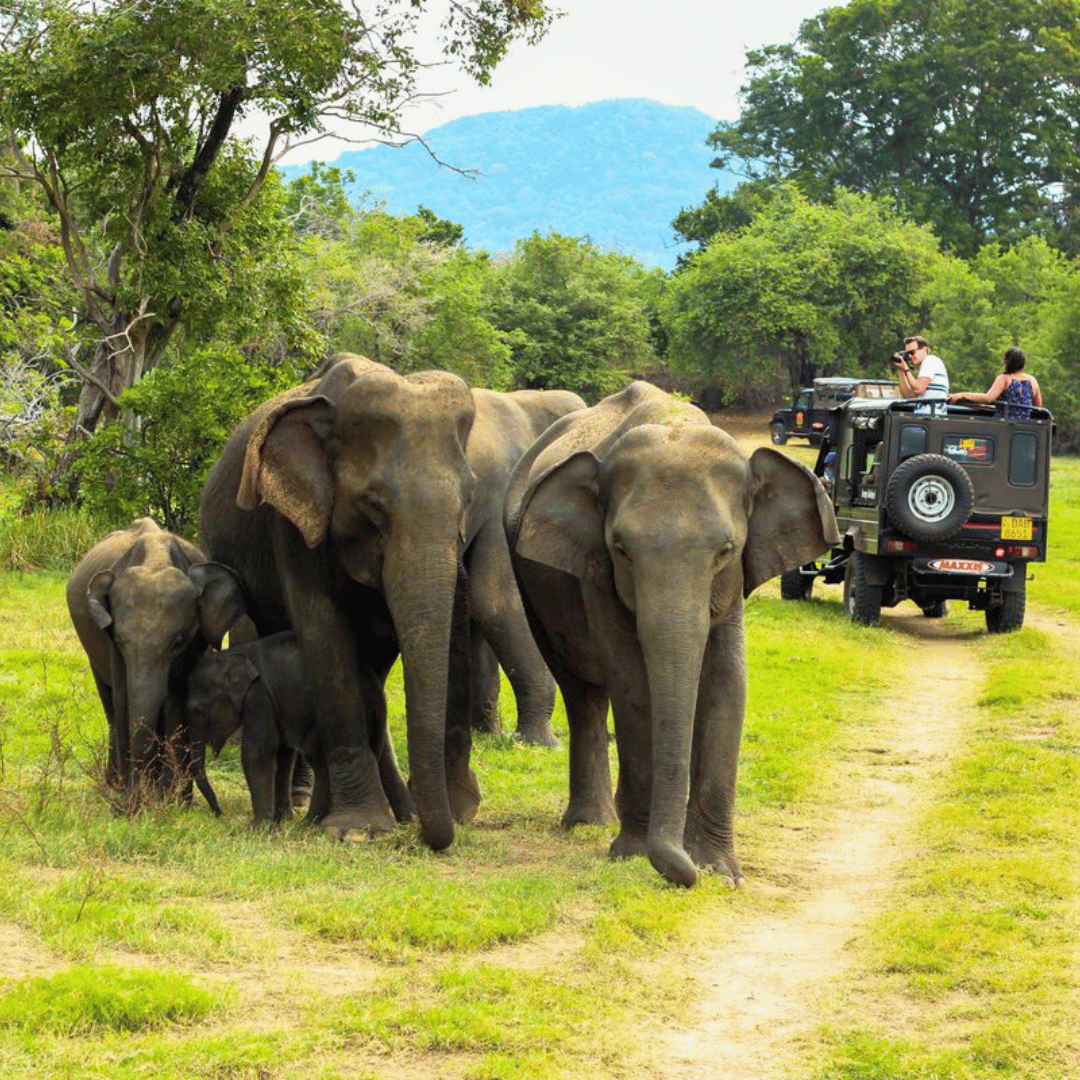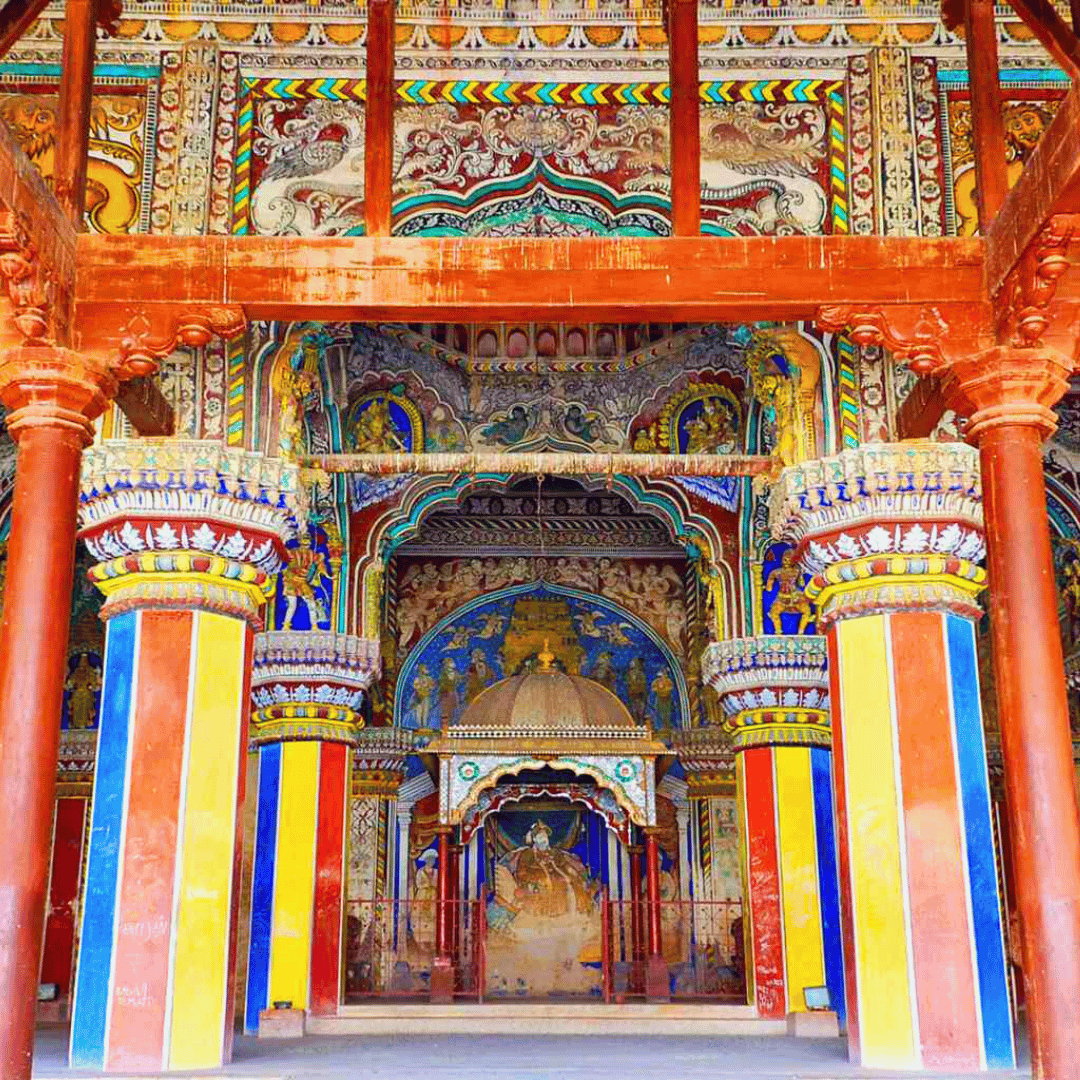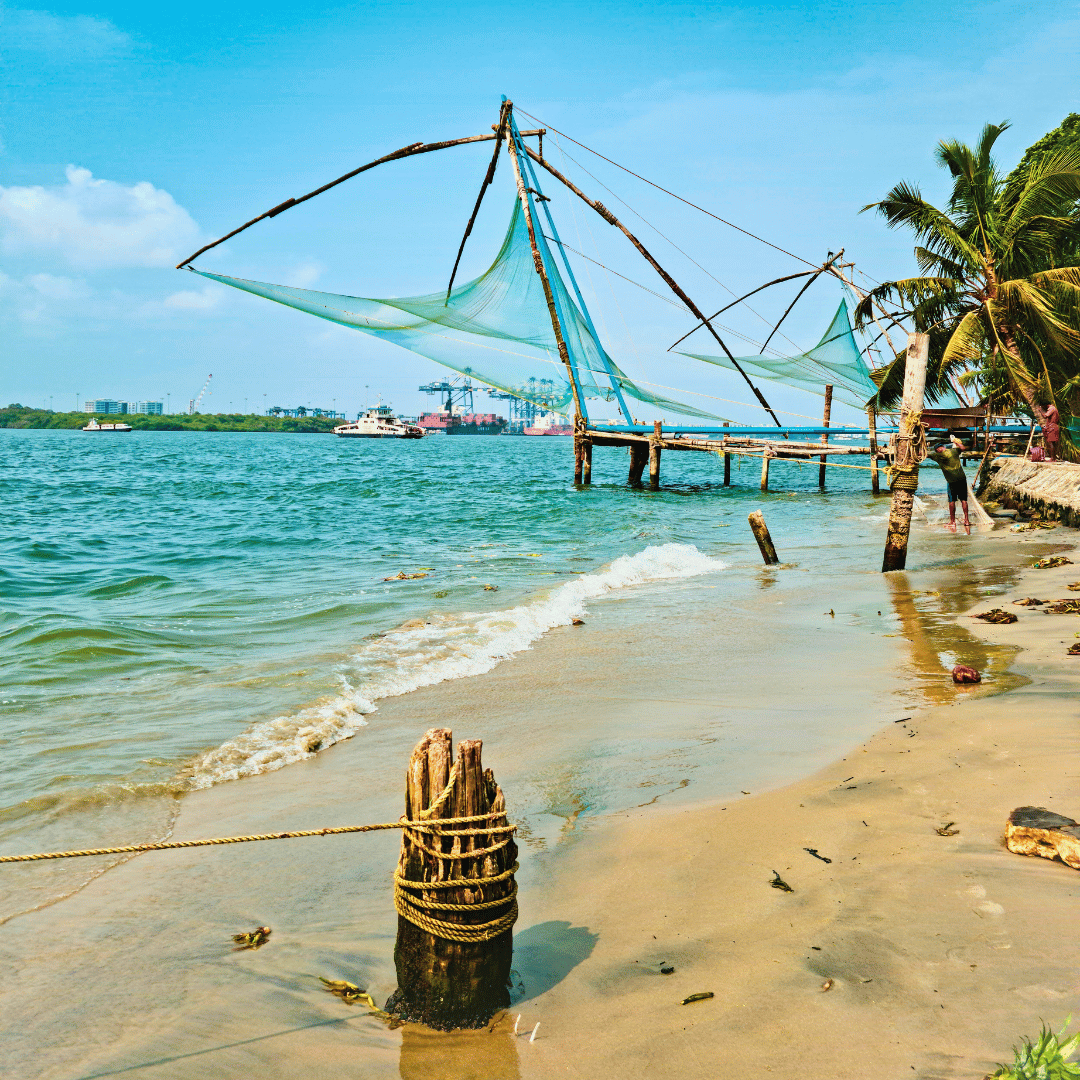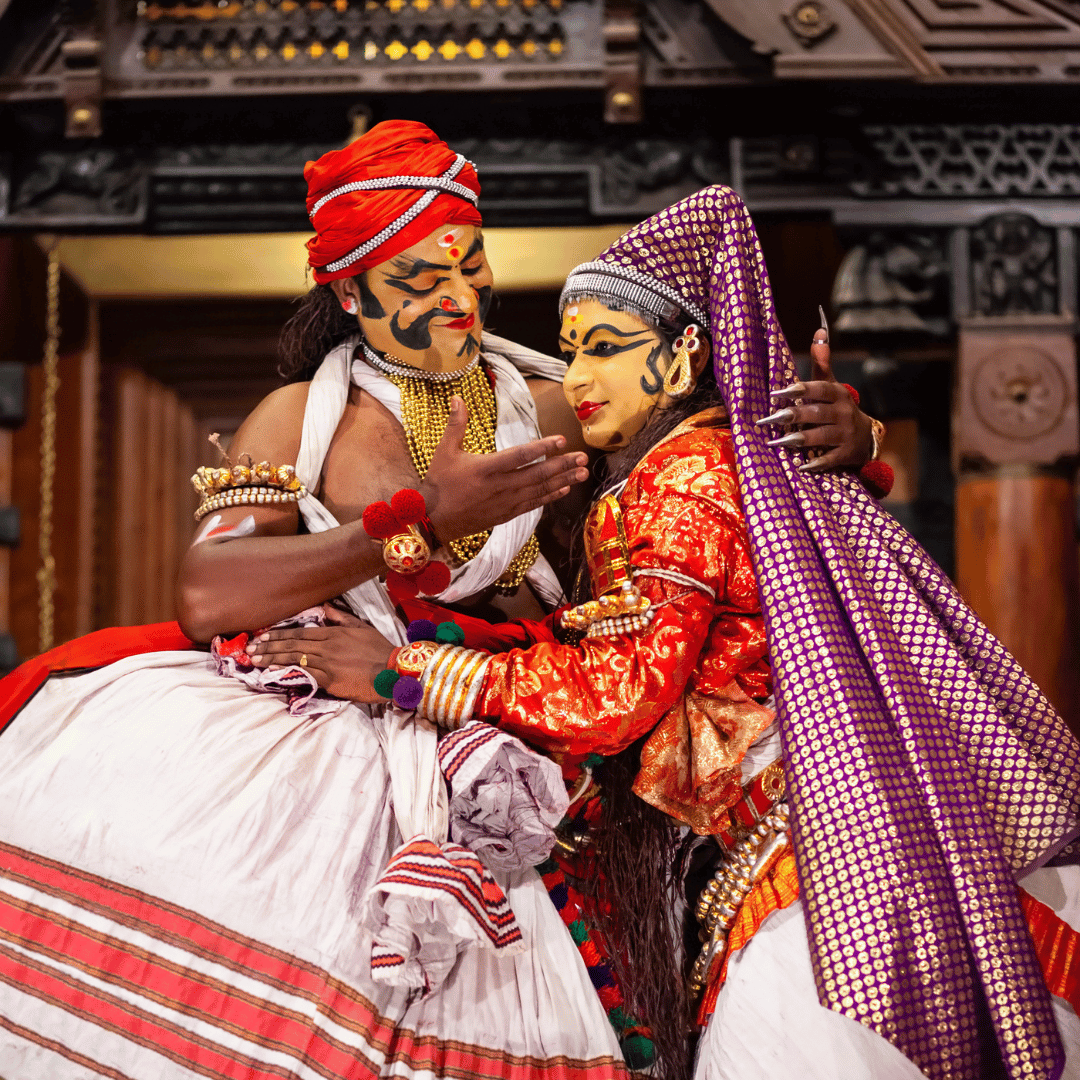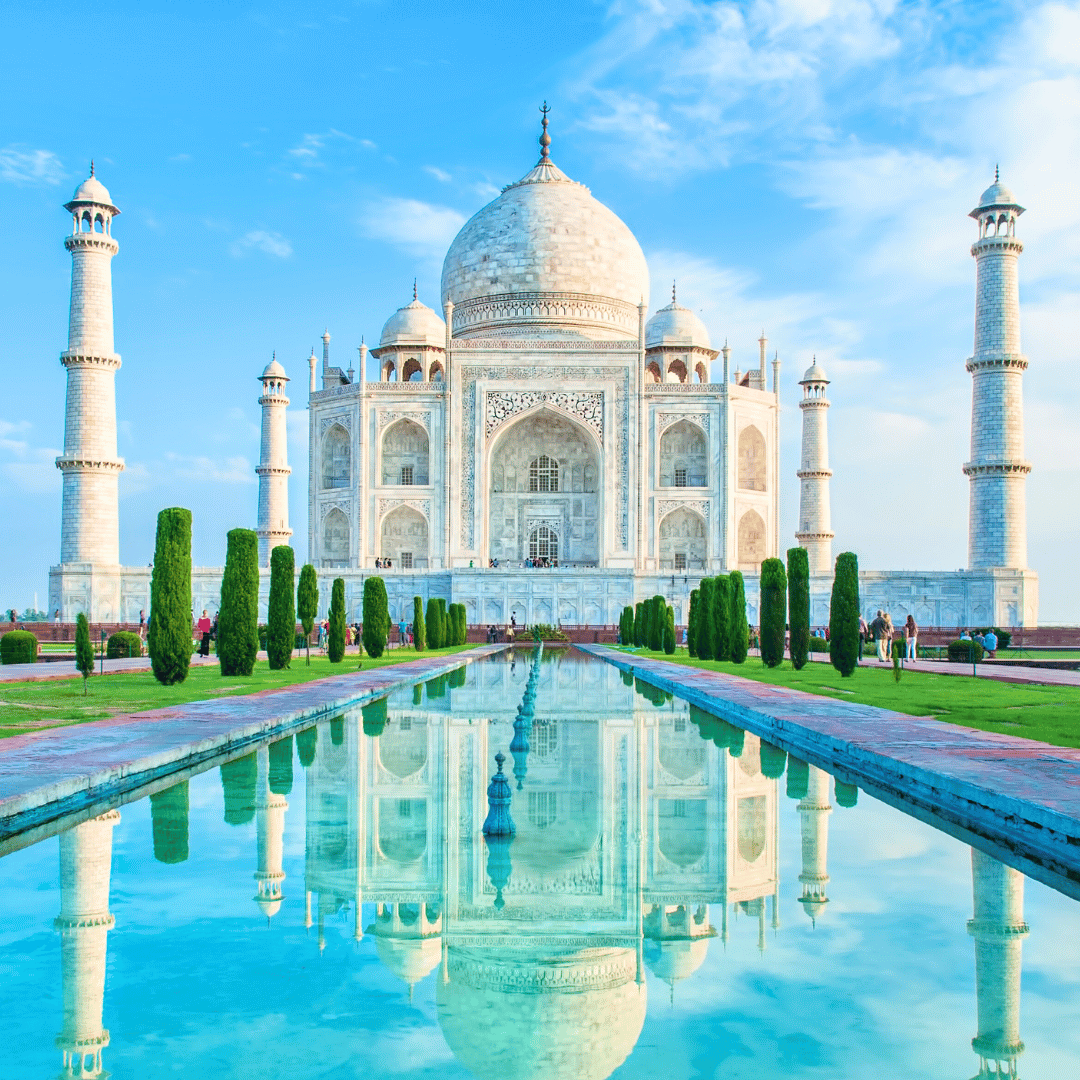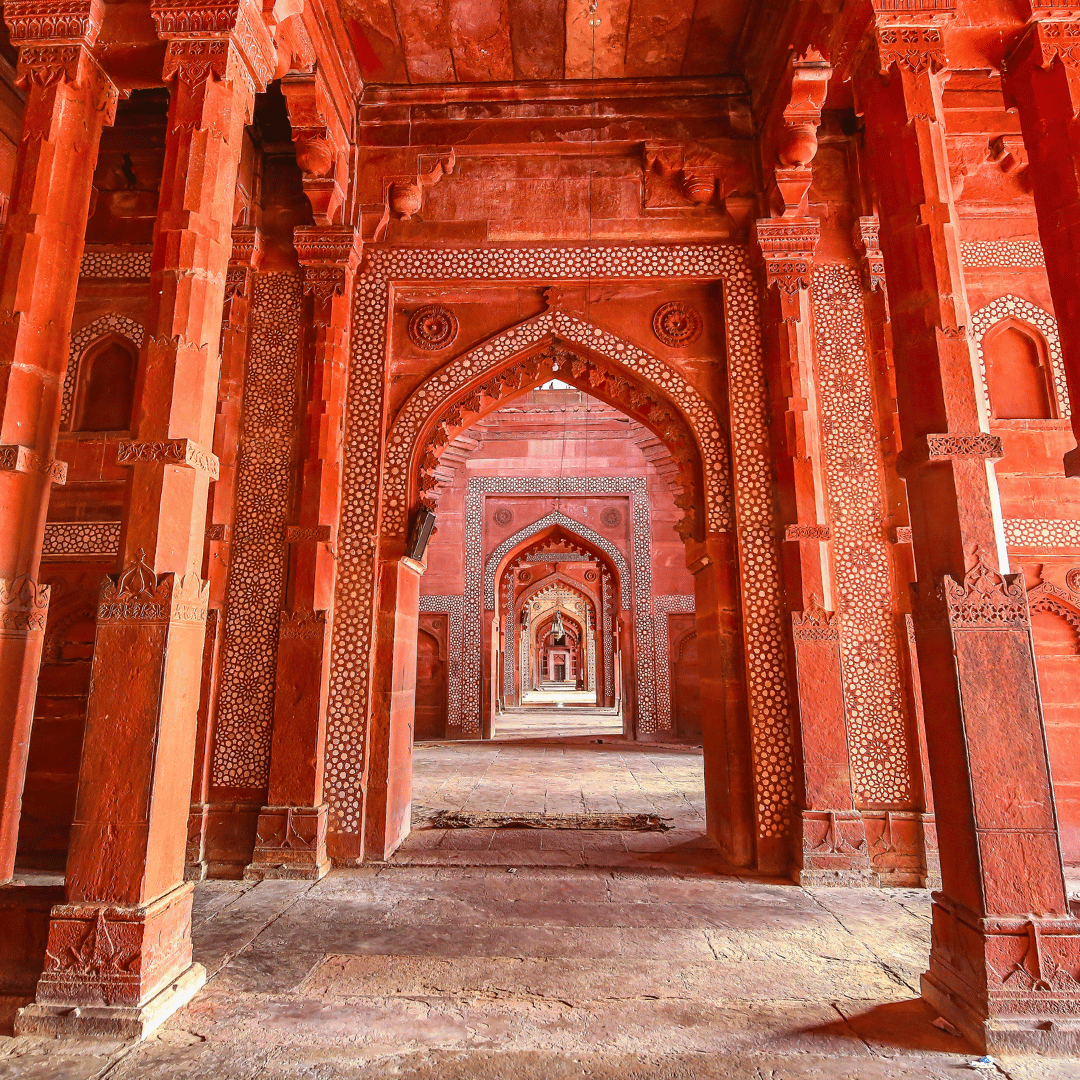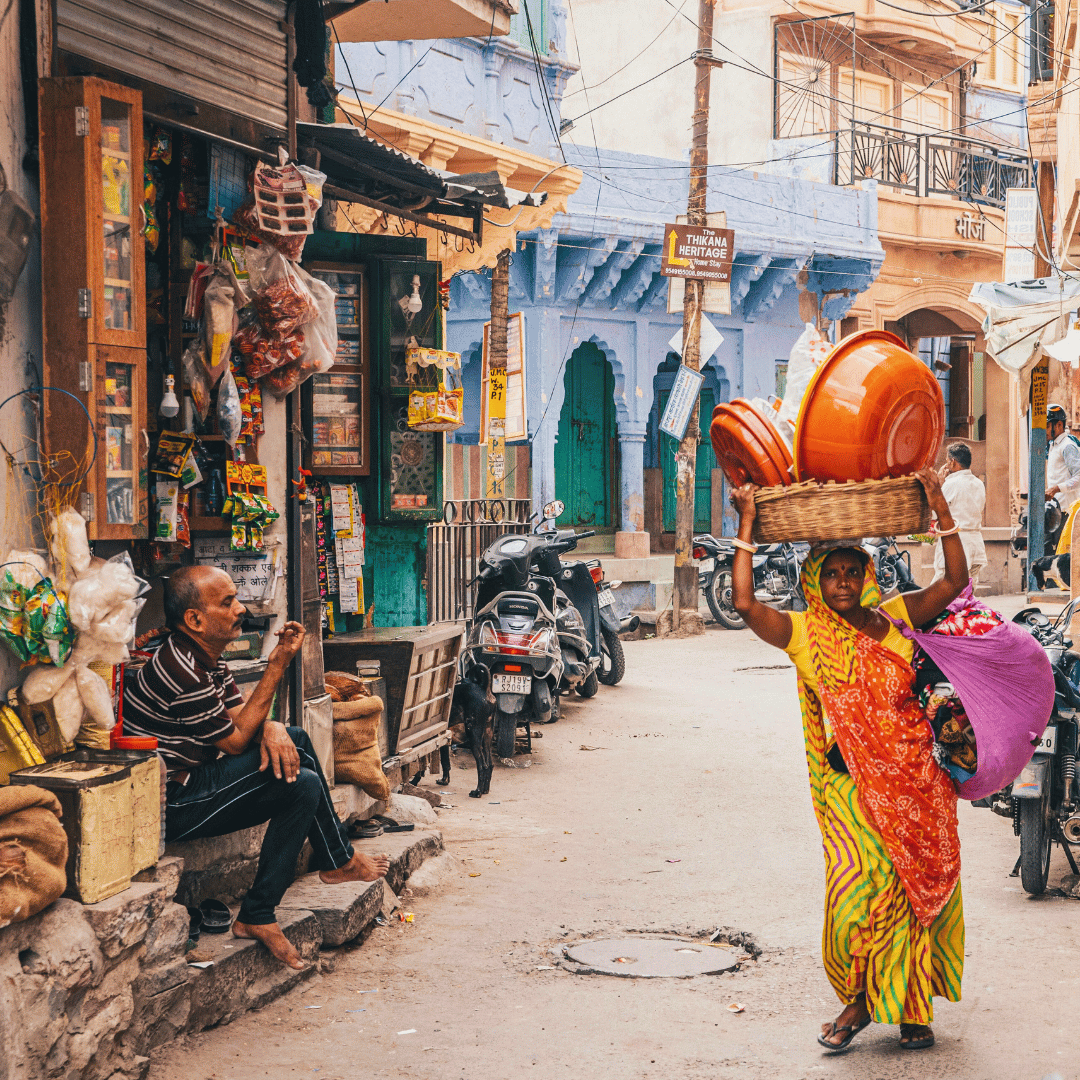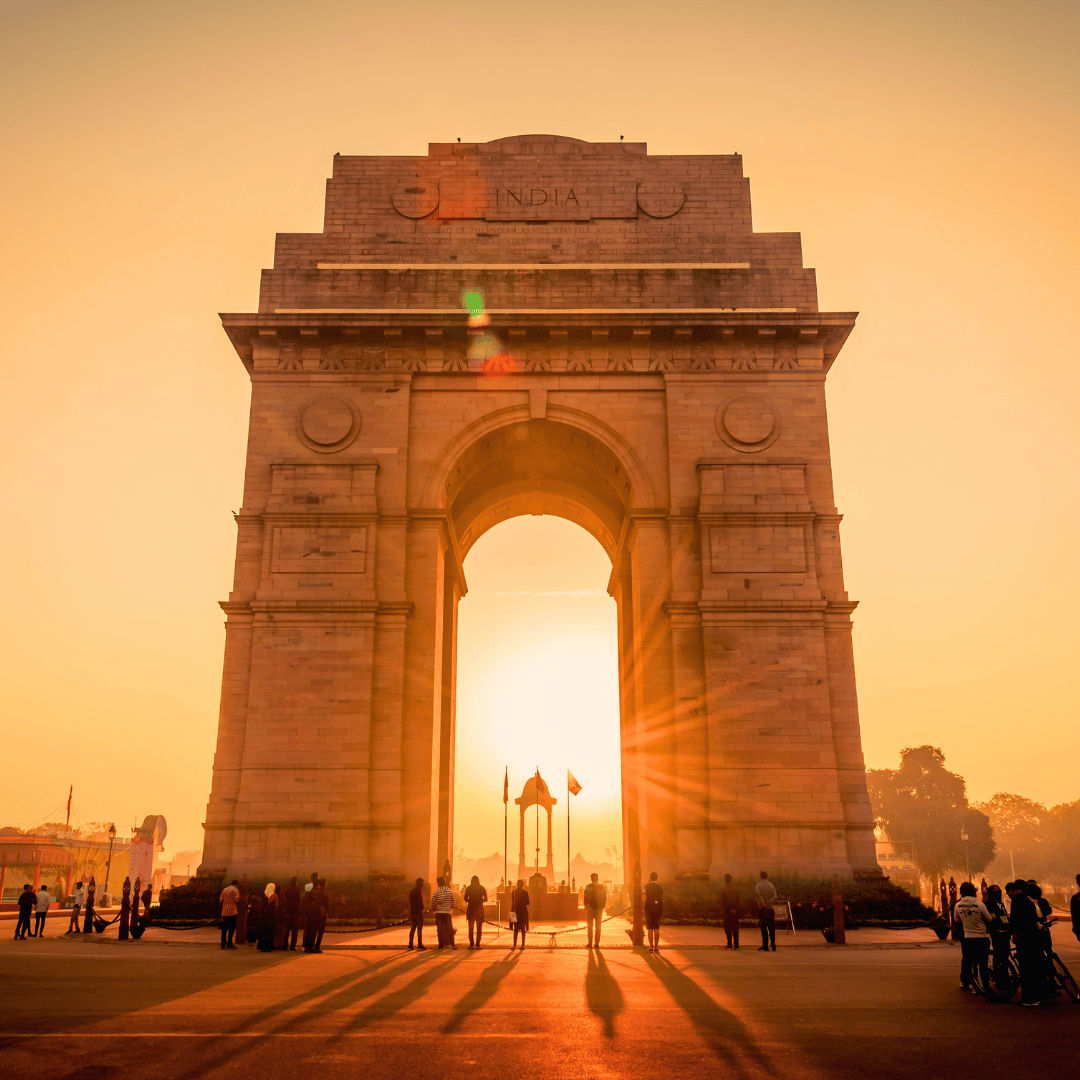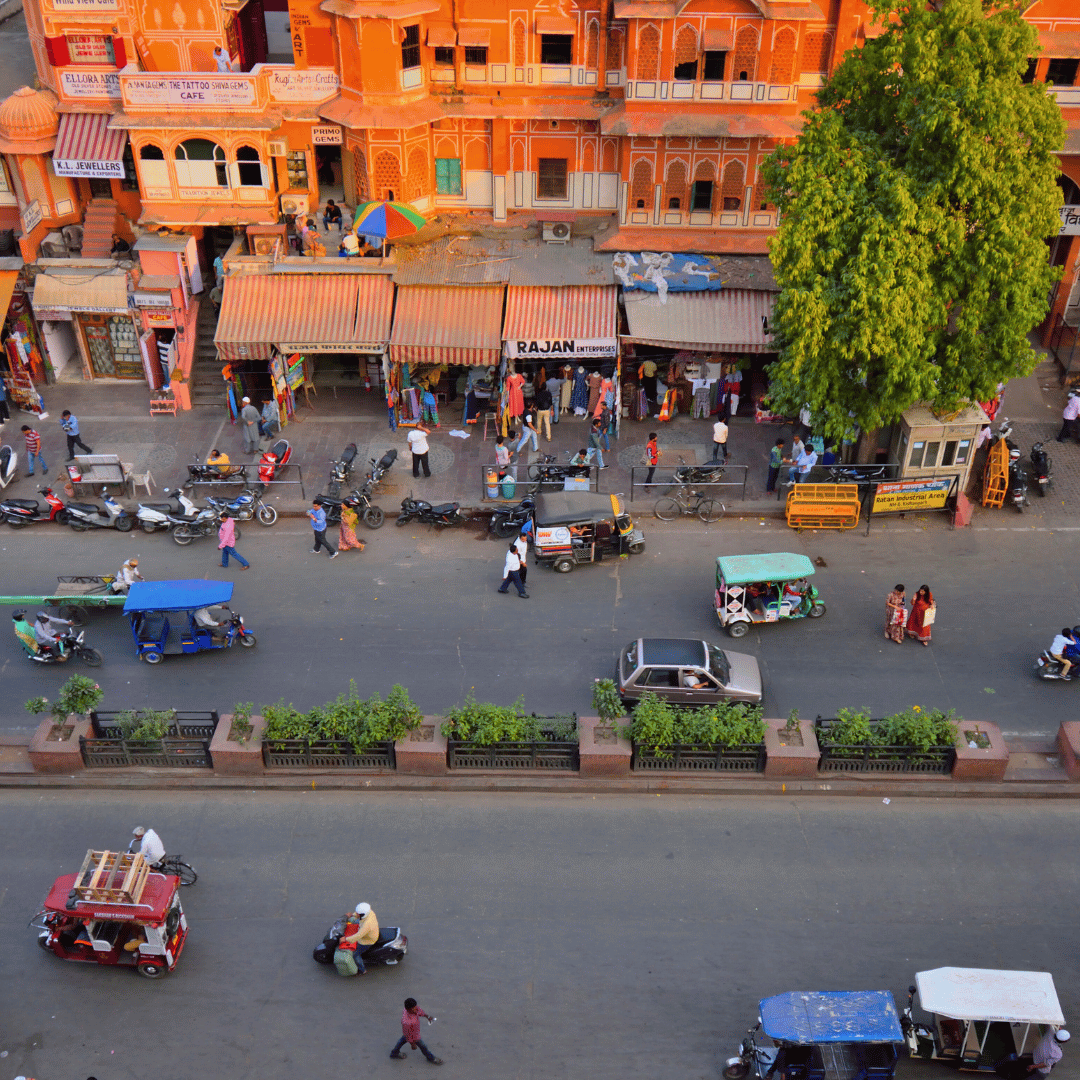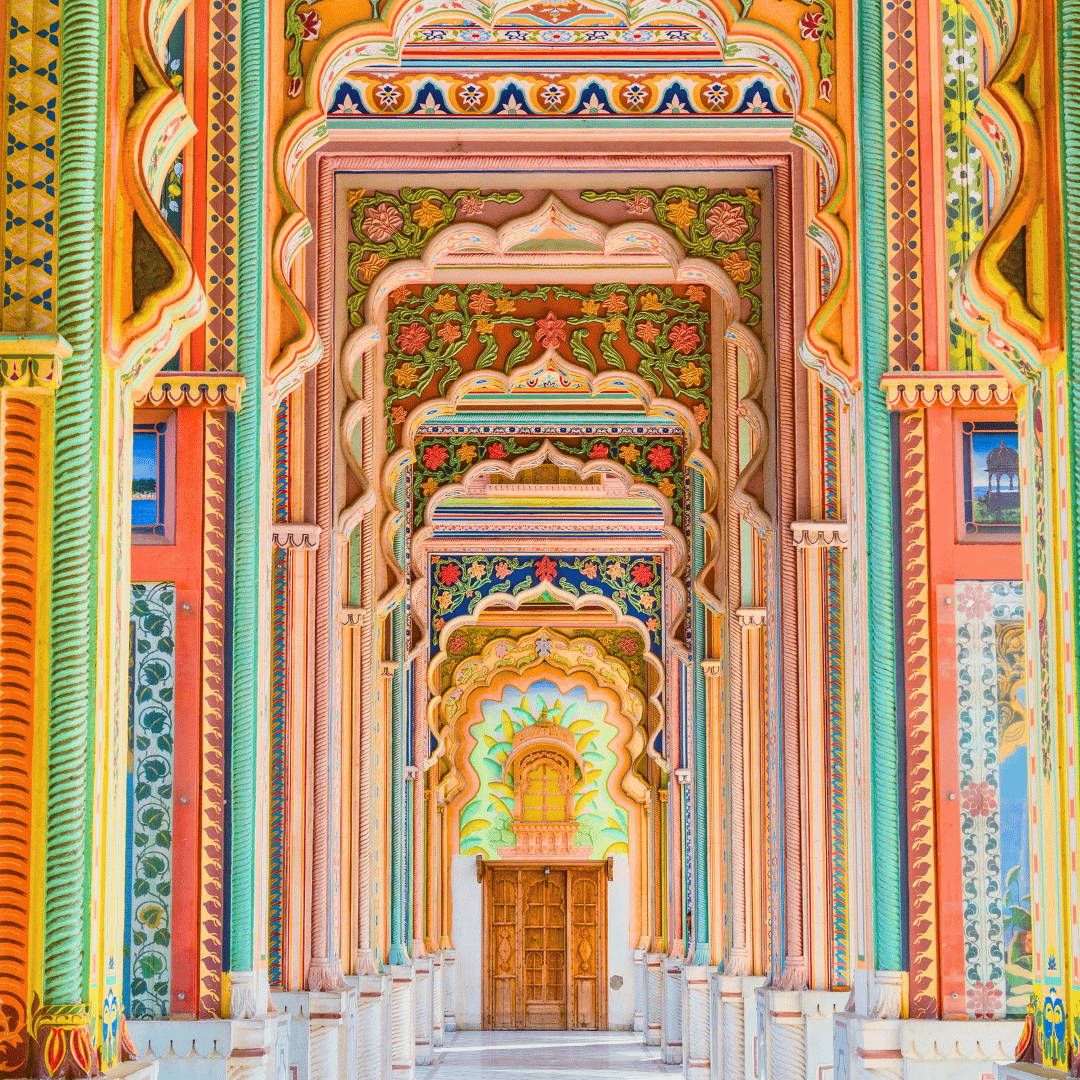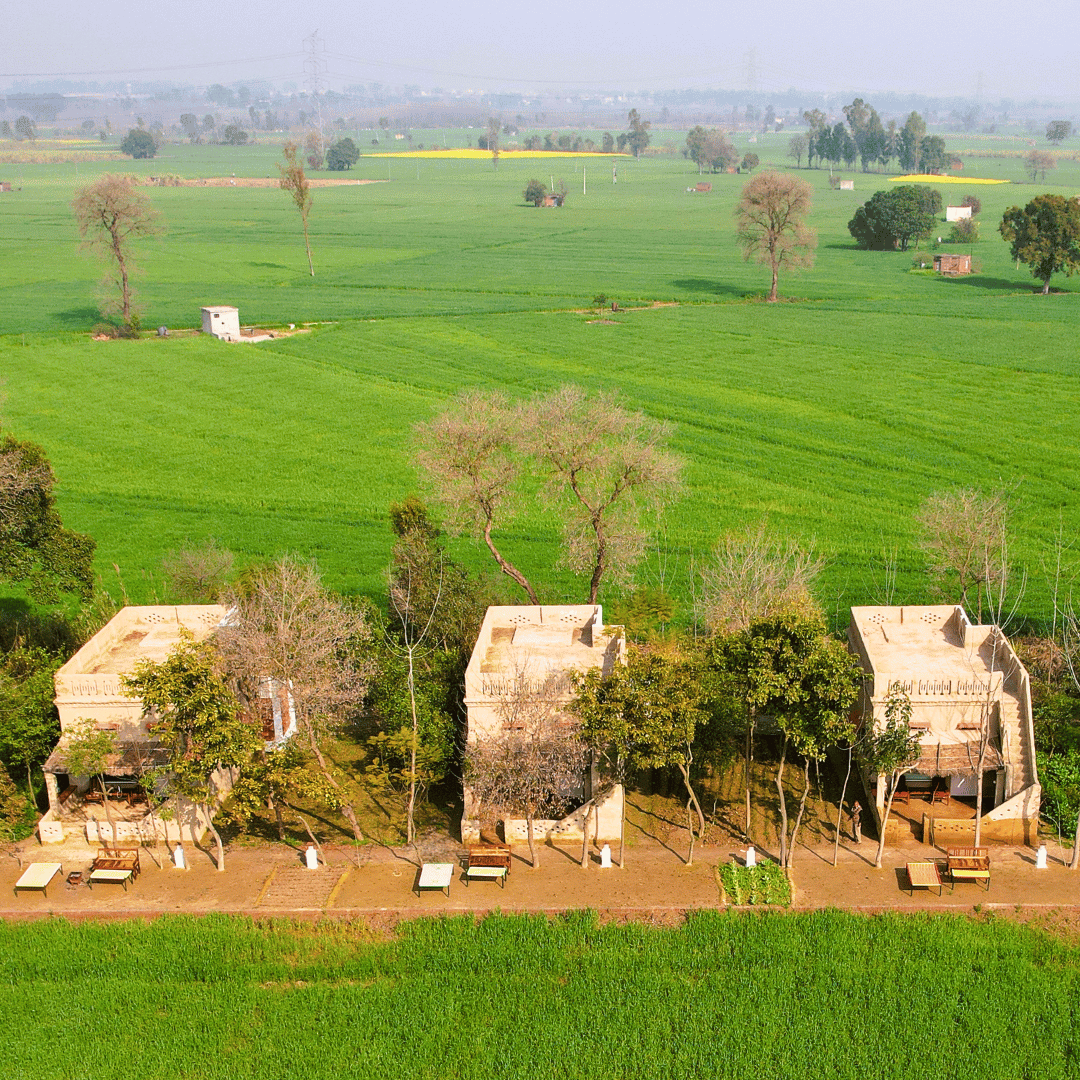

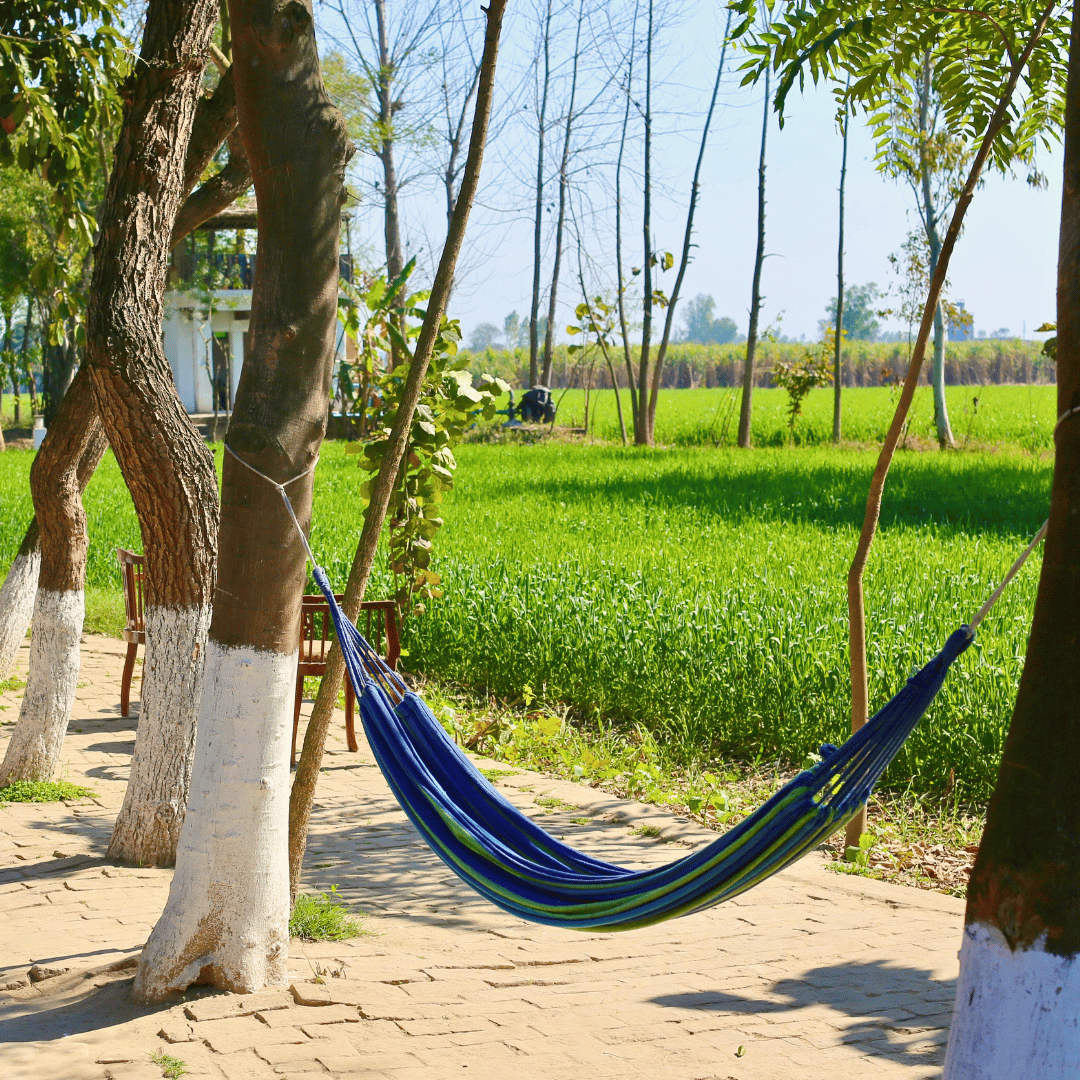



10 Days - Quintessential Punjab
From $4500.00 Per Person
Delhi - Patiala - Amritsar - Wagah Border - Gurdaspur - Chandigarh
This 10-day itinerary explores the rich history, culture, and landscapes of Punjab, one of India’s most fascinating and prosperous states. Known as the birthplace of Sikhism and home to the majority of India’s Sikh community, Punjab is celebrated for its fertile farmlands and vibrant culture. Your Punjab tour covers two of the state’s most iconic yet contrasting attractions - the 16th-century Golden Temple in Amritsar, and the 20th-century planned city of Chandigarh. The Golden Temple, Sikhism’s most sacred shrine, attracts millions of visitors worldwide for its spiritual significance and serene beauty. In contrast, Chandigarh, designed by renowned architect Le Corbusier, is admired for its modernist architecture and well-organised layout, making it a unique city in India. The tour also includes visits to Patiala and Kapurthala, former princely states known for their distinctive and grand architecture. These stops offer a glimpse into the opulent lifestyles and history of 18th and 19th-century Punjab.
Trip Highlights
Explore the Golden Temple in Amritsar, Sikhism’s most sacred shrine, renowned for its stunning architecture and the community kitchen serving free meals to thousands daily
Discover Chandigarh, India’s only planned city designed by Le Corbusier, known for its modernist architecture and well-organised layout
Stay three nights in the Punjabi countryside at a local farm stay, experiencing rural life, traditional agricultural practices, and warm hospitality
10 Days - Quintessential Punjab
From $4500.00 Per Person
Delhi - Patiala - Amritsar - Wagah Border - Gurdaspur - Chandigarh
This 10-day itinerary explores the rich history, culture, and landscapes of Punjab, one of India’s most fascinating and prosperous states. Known as the birthplace of Sikhism and home to the majority of India’s Sikh community, Punjab is celebrated for its fertile farmlands and vibrant culture. Your Punjab tour covers two of the state’s most iconic yet contrasting attractions - the 16th-century Golden Temple in Amritsar, and the 20th-century planned city of Chandigarh. The Golden Temple, Sikhism’s most sacred shrine, attracts millions of visitors worldwide for its spiritual significance and serene beauty. In contrast, Chandigarh, designed by renowned architect Le Corbusier, is admired for its modernist architecture and well-organised layout, making it a unique city in India. The tour also includes visits to Patiala and Kapurthala, former princely states known for their distinctive and grand architecture. These stops offer a glimpse into the opulent lifestyles and history of 18th and 19th-century Punjab.
Trip Highlights
Explore the Golden Temple in Amritsar, Sikhism’s most sacred shrine, renowned for its stunning architecture and the community kitchen serving free meals to thousands daily
Discover Chandigarh, India’s only planned city designed by Le Corbusier, known for its modernist architecture and well-organised layout
Stay three nights in the Punjabi countryside at a local farm stay, experiencing rural life, traditional agricultural practices, and warm hospitality
Itinerary
-
Welcome to India! You'll be met by our local staff on arrival in Delhi and transferred to your hotel for an overnight stay, before departing for Patiala the following day.
-
Travel to Patiala today by train (about 5 hours), or by car if you prefer (around 6 hours).
On arrival, check in to the heritage hotel, Baradari Palace. Built in 1876, this white, colonnaded building was once the residence of the Patiala royal family, with rooms and suites named after them. The property has been carefully restored, preserving its authenticity with period furniture, royal portraits, and a portico furnished with cane chairs reminiscent of old colonial bungalows, evoking the charm of a bygone era.
Patiala, known for its rich cultural heritage and royal history, is famous for its grand palaces, gardens, and unique architectural style that blends Mughal and Rajput influences. The city is also well known for its traditional crafts, such as Phulkari embroidery and juttis (embroidered shoes), and for giving the world the popular 'Patiala peg' and the distinctive Patiala salwar.
-
Spend this morning exploring Patiala, beginning at Qila Mubarak. Built in 1763 as a mud fortress by Baba Ala Singh, the fort was expanded until the 19th century and served as the Maharajas' residence until 1862. The complex, an impressive blend of Mughal and Rajasthani styles, includes inner and outer courtyards. The Durbar Hall, now a museum, showcases a stunning collection of Bohemian cut-glass chandeliers, a silver alloy chariot, and rare weapons like cannons, swords, and daggers.
Continue to Moti Bagh Palace, the main seat of the Patiala royal family. Started in the mid-19th century and completed in the early 20th century, this grand Indo-Saracenic palace has over a thousand rooms and is set within a 162-hectare Mughal garden, featuring terraces and water channels. The terraces lead to Sheesh Mahal, a part-European, part-Mughal structure, now an art gallery with collections of miniature paintings, rare manuscripts, objets d'art, and hunting trophies from the royal collection.
Finish your tour at the Kali Devi Temple, dedicated to the goddess Kali and held sacred by both Hindus and Sikhs. Thousands of devotees visit, especially on Saturdays. The temple complex also includes a popular Shiva temple, attracting many worshippers on Mondays. The afternoon is free for you to relax or explore at your own pace.
-
Set off for Amritsar this morning, with the drive taking about 6 hours. Along the way, stop at Kapurthala, a town known for its gurdwaras that commemorate events from the life of Guru Nanak, the First Guru of the Sikhs. The most significant is Gurdwara Ber Sahib, a sacred site believed to be where he attained enlightenment. Visit Jagatjit Palace, once home to Maharajah Jagatjit Singh, who commissioned a French architect to design the palace, inspired by Versailles and Fontainebleau. Surrounded by gardens with stone statues and fountains, the palace's Durbar Hall features ornate domes, canopies, and intricate stone latticework, making it one of India’s most impressive.
Also in Kapurthala is the unique Moorish Mosque, designed by a French architect and inspired by the Grand Mosque of Marrakesh. Its inner dome is adorned with stunning artwork by Punjabi artists, reflecting Maharajah Jagatjit Singh’s secular outlook. Arrive in Amritsar in the late afternoon.
-
Amritsar, meaning “holy pool of nectar,” was founded by Guru Ram Das in 1574 and is now a major pilgrimage centre for Sikhs worldwide. This morning, visit the stunning Golden Temple, an architectural blend of Islamic and Hindu styles. Spend time exploring the complex and, if you like, have a meal at the langar, where free food is served to thousands daily by volunteers, embodying Sikhism's principle of equality.
In the afternoon, take a guided walk through the vibrant Walled City of Amritsar, known as Hall Bazaar. Its narrow streets are lined with stalls selling jewellery, textiles, utensils, and traditional crafts like Phulkari embroidery. The local markets, such as Guru Bazaar and Katra Jaimal Singh, are excellent for shopping, with items like Punjabi juttis, shawls, and the popular Patiala salwar. Later, drive to Wagah, on the India-Pakistan border, to witness the 'Beating the Retreat' ceremony. This elaborate 45-minute event, featuring synchronised marching and military commands by Indian and Pakistani soldiers, attracts numerous visitors daily and is a spectacle of patriotism and precision.
-
After a leisurely breakfast, leave Amritsar for the 1-hour drive to the Gurdaspur region, where you'll stay at Punjab Village Farm, a working property set amidst green fields and canals. The lodge has four stand-alone cottages built with locally made mud bricks, supporting traditional construction methods. Each cottage features a covered deck and a private roof terrace offering views of the lush farmland.
A highlight of your stay is the chance to savour Punjabi cuisine, including tandoori dishes and open-air barbecue dinners. A three-night stay here allows you to unwind and experience life on a working Punjabi farm.
-
Spend the next two days relaxing and enjoying the activities available in this peaceful rural setting. You might like to watch or join in with various farming tasks, including a visit to a nearby dairy farm to learn about traditional methods and even try your hand at milking cows.
There are plenty of walking and cycling trails to explore, as well as a chance to visit the local village and the Sikh History Museum, built to inspire pride in Punjabi culture. You can also visit the Sikh temple, Ghallughara Saheb, where religious ceremonies take place in the mornings and on weekends. For a bit of rural fun, tractor and tonga (traditional horse-drawn carriage) rides can be arranged.
-
Spend another day unwinding and experiencing rural life at Pubjab Village Farm. If you’re here on a Sunday, you can visit a small carnival at local gurdwaras, where people from nearby villages gather for prayers and a community kitchen. A small market is also set up, selling toys and sweets.
In addition to farm walks and cycling, you can try your hand at farming tasks like sowing or harvesting, enjoy a tractor ride through the countryside, or even learn to drive a tractor with guidance from a local farmer.
-
Drive to Chandigarh today, a journey of about 5 hours. Designed by Le Corbusier in the 1950s, Chandigarh is India’s first planned city, created to reflect Nehru’s vision of a modern and forward-looking nation.
Spend the afternoon exploring the city’s broad boulevards, parks, and neighbourhoods, which showcase Le Corbusier’s urban planning. Visit the Architecture Museum to learn about the city’s creation and view Modernist artworks. Explore the Capitol Complex, featuring the iconic Open Hand Monument and a Cubist mural by Le Corbusier. In addition, be sure to visit Nek Chand’s Rock Garden, an 8-hectare wonder of thousands of sculptures made from rocks, concrete, and recycled materials, set amid mosaic courtyards, waterfalls, and winding paths.
-
Transfer to the station to board a train to Delhi. Alternatively, you can take the famous ‘toy train’ journey up to Shimla, where you can enjoy a couple of days of mountain air and stunning Himalayan views, or fly to Varanasi or Jaipur via Delhi for further touring.
The India Unbound Difference
At India Unbound, we’ve spent twenty years on the ground in India, learning all about its intricacies, landscapes and cultures. We use this first-hand knowledge to carefully curate travel itineraries for our guests, and are proud to be a reputable private touring specialist. In addition, our team of local partners offer guarantees of punctuality, quality and service. All of our India private tour itineraries include all accommodation mentioned, daily breakfasts and other meals as specified, all transfers, touring and sightseeing by air-conditioned Toyota Innova or similar vehicle, and internal flights as outlined in the itinerary. Private activities and sightseeing with English-speaking local guides are included, along with entrance fees, drinking water in the vehicle, and all vehicle-related charges such as tolls, parking fees, and taxes. The cost does not include visas or international flights, personal expenses such as drinks and laundry, meals and activities not specifically listed as included, or camera fees, which are rarely applicable. Prices are listed in Australian dollars and are based on per person, twin share. Please note that these may fluctuate depending on the time of year you’re looking to travel, and the type of accommodation you prefer.

